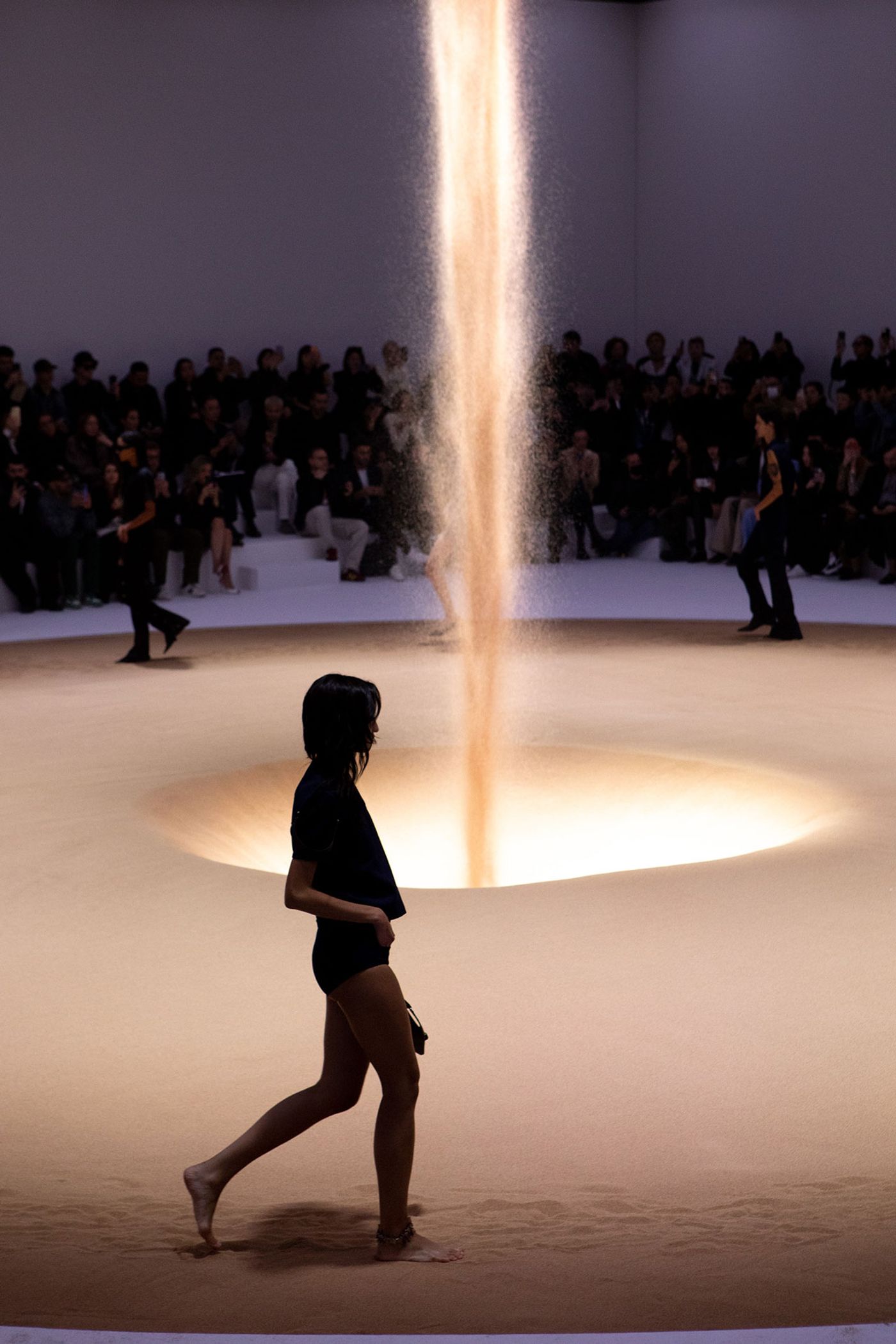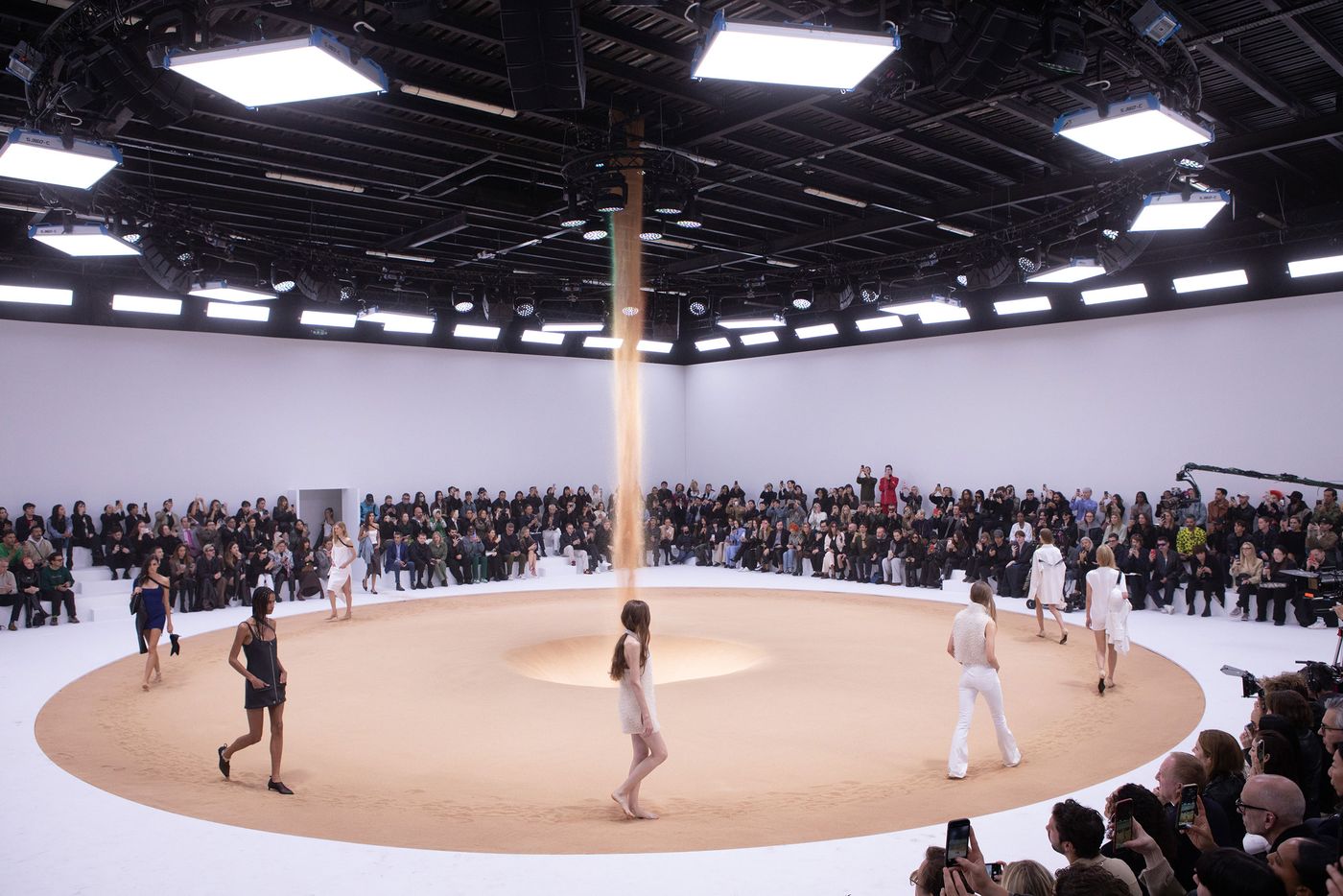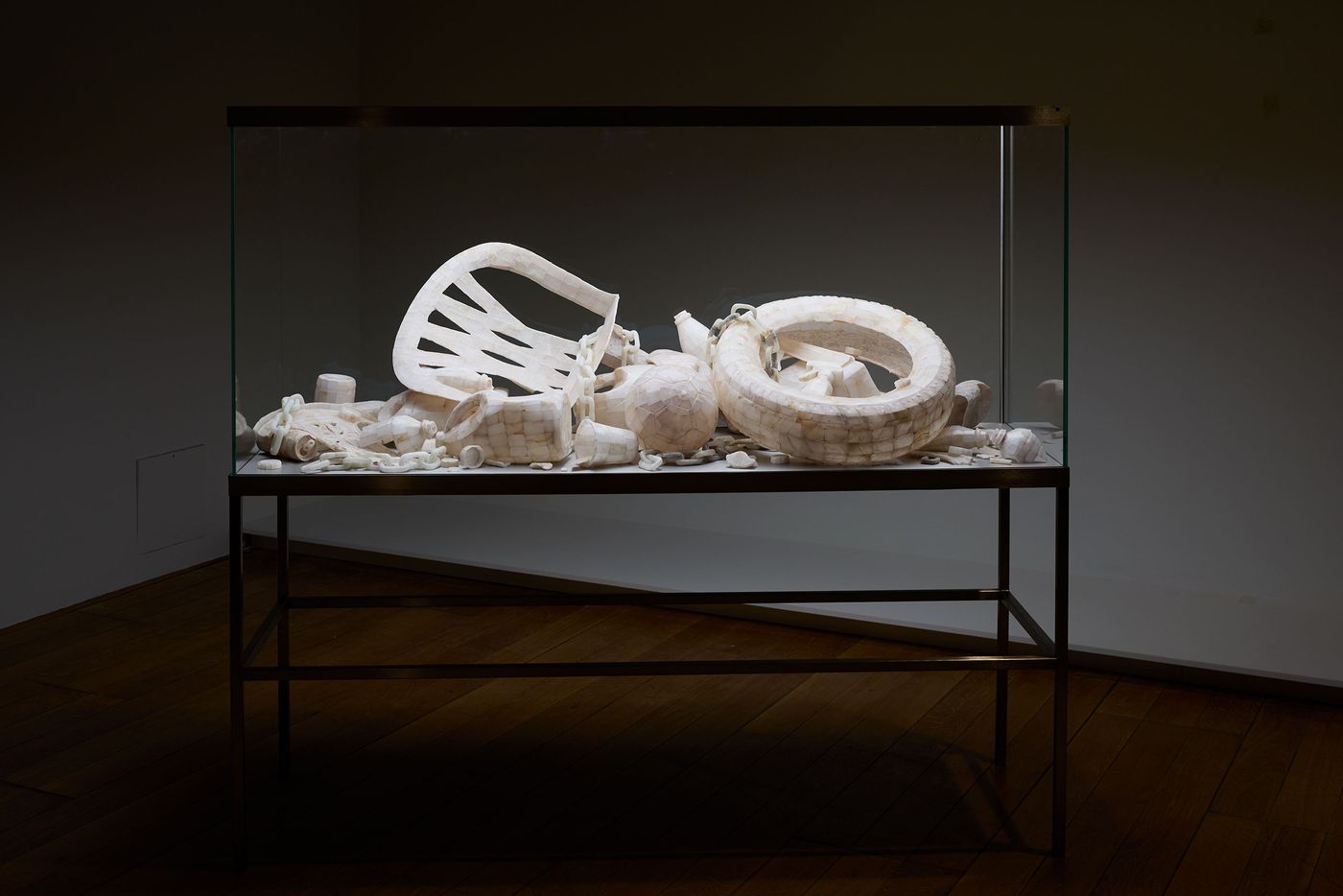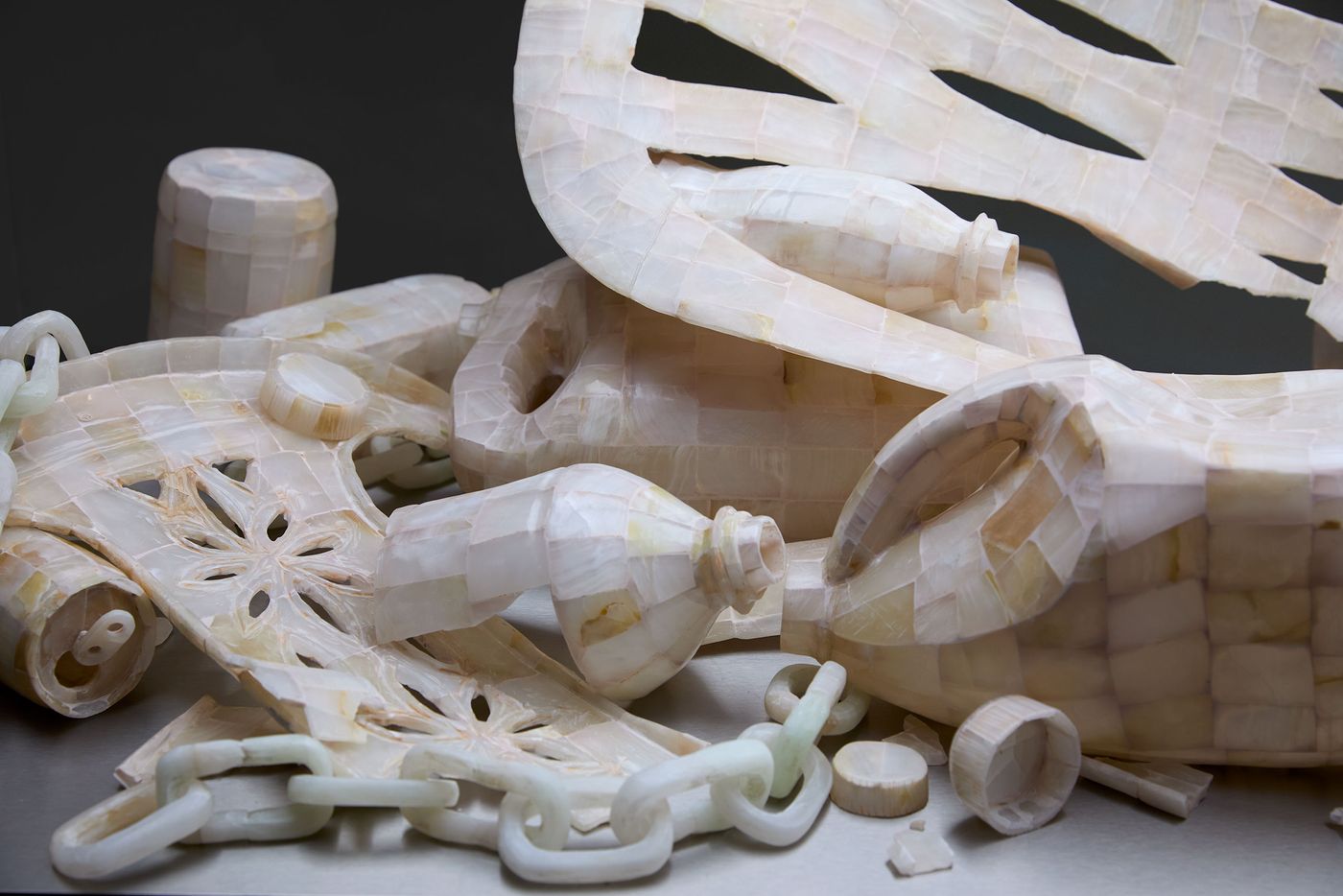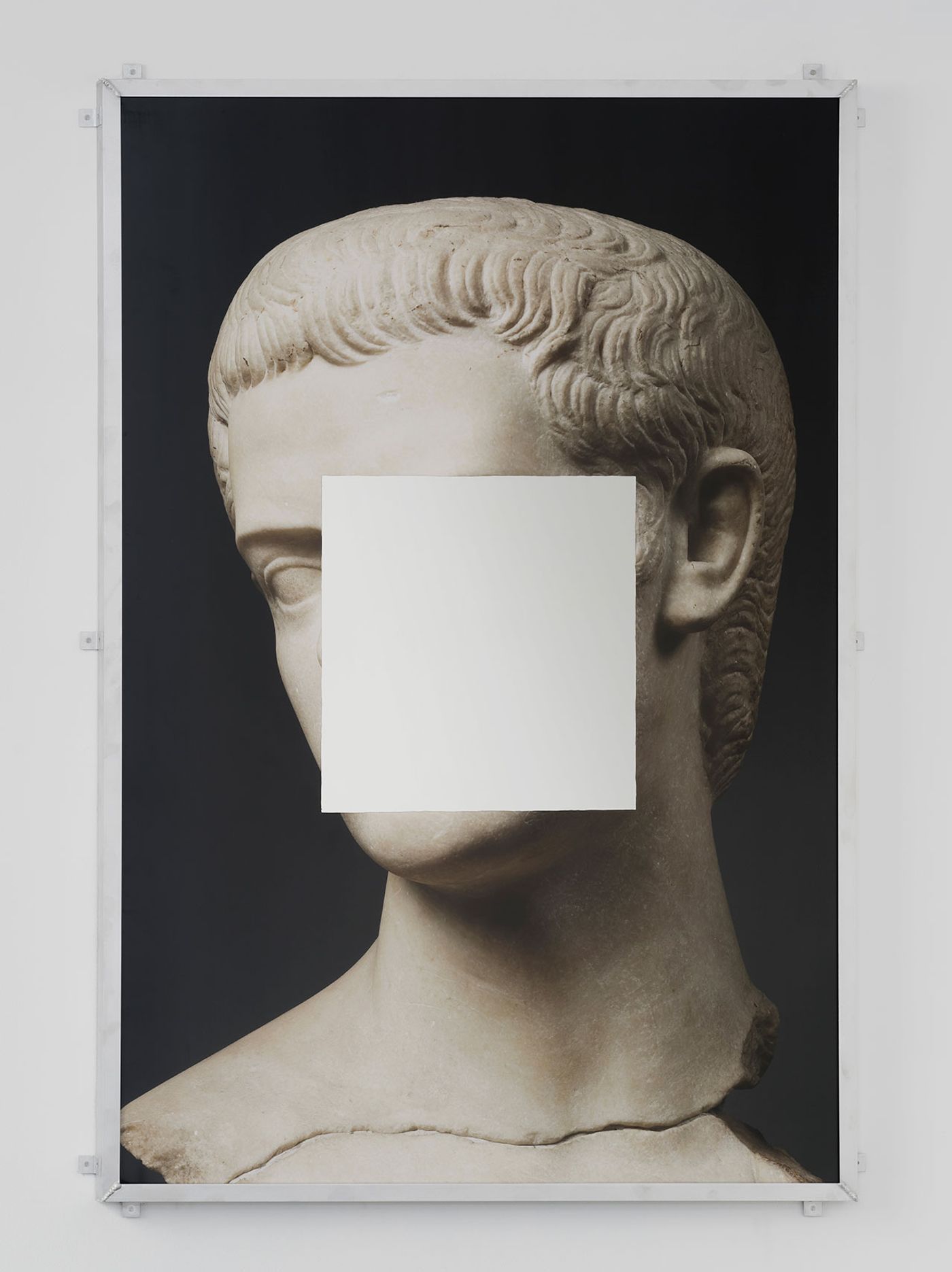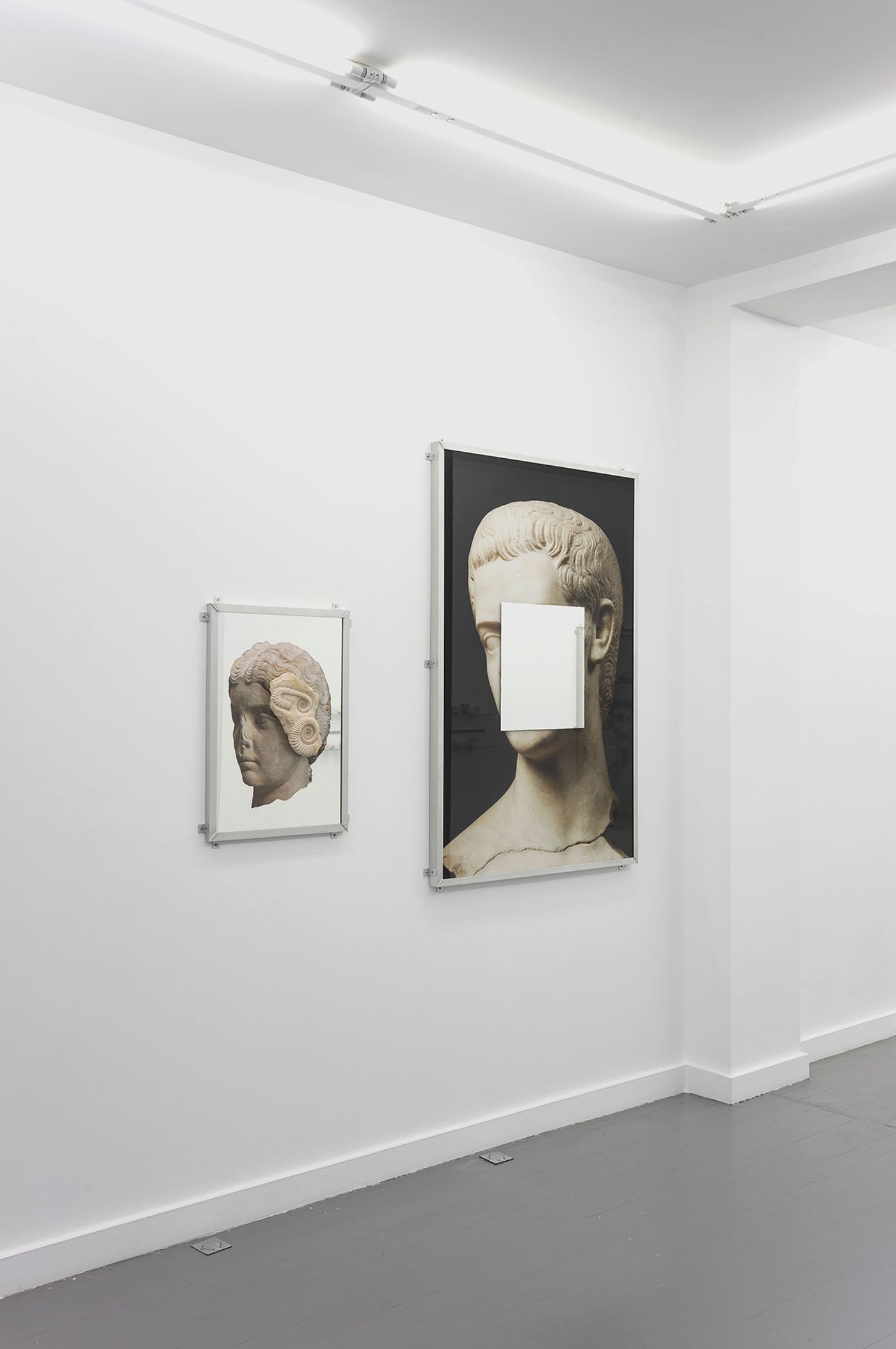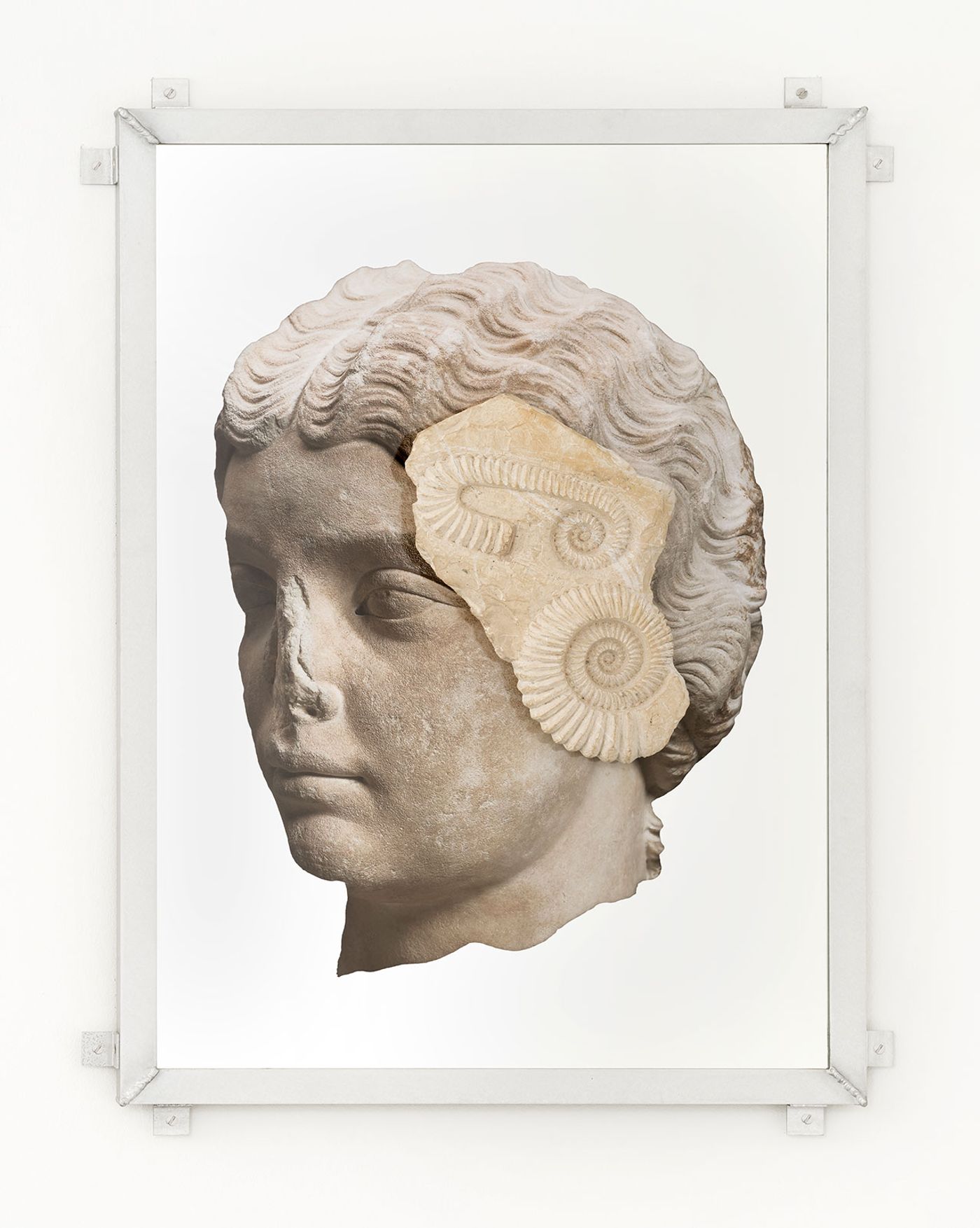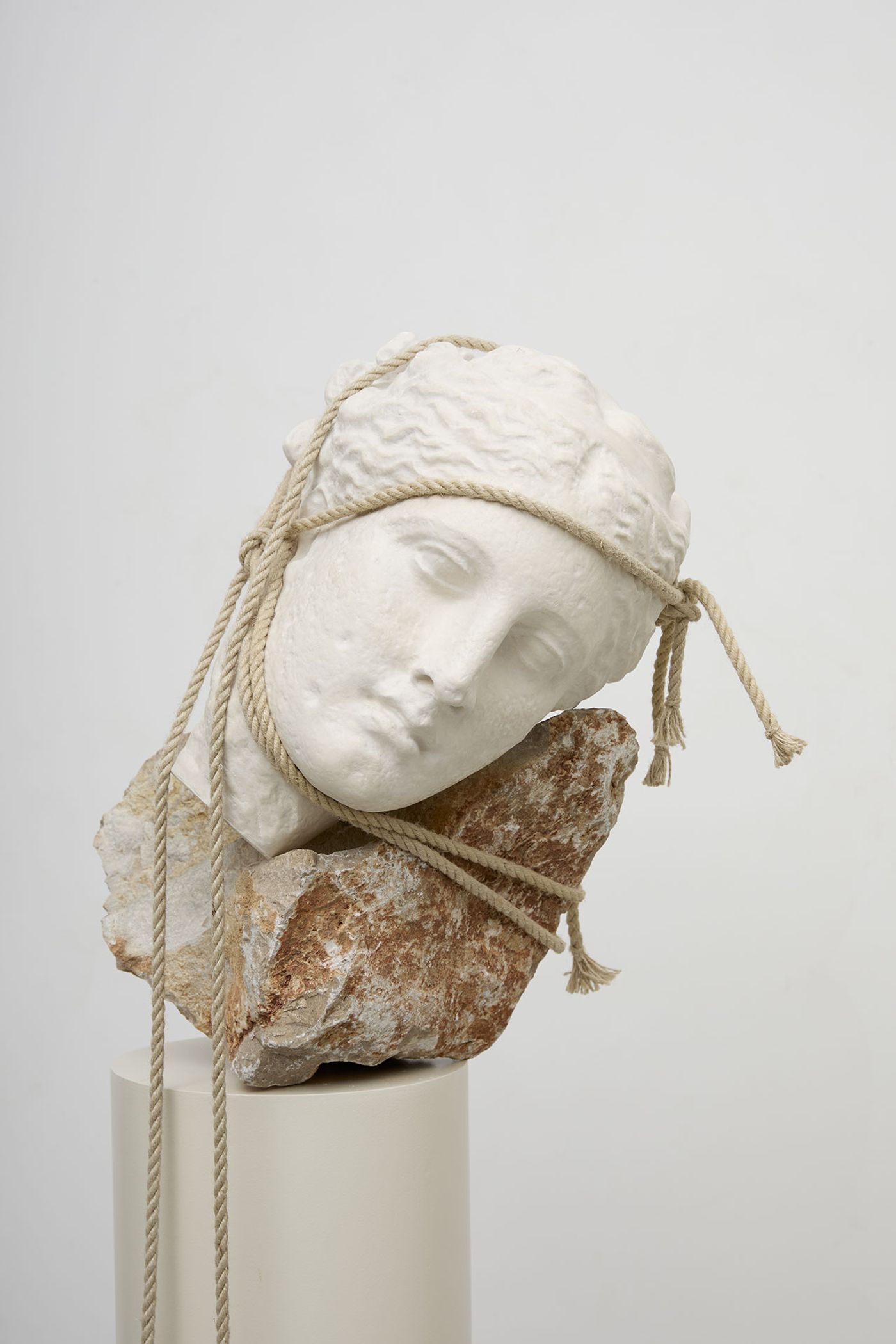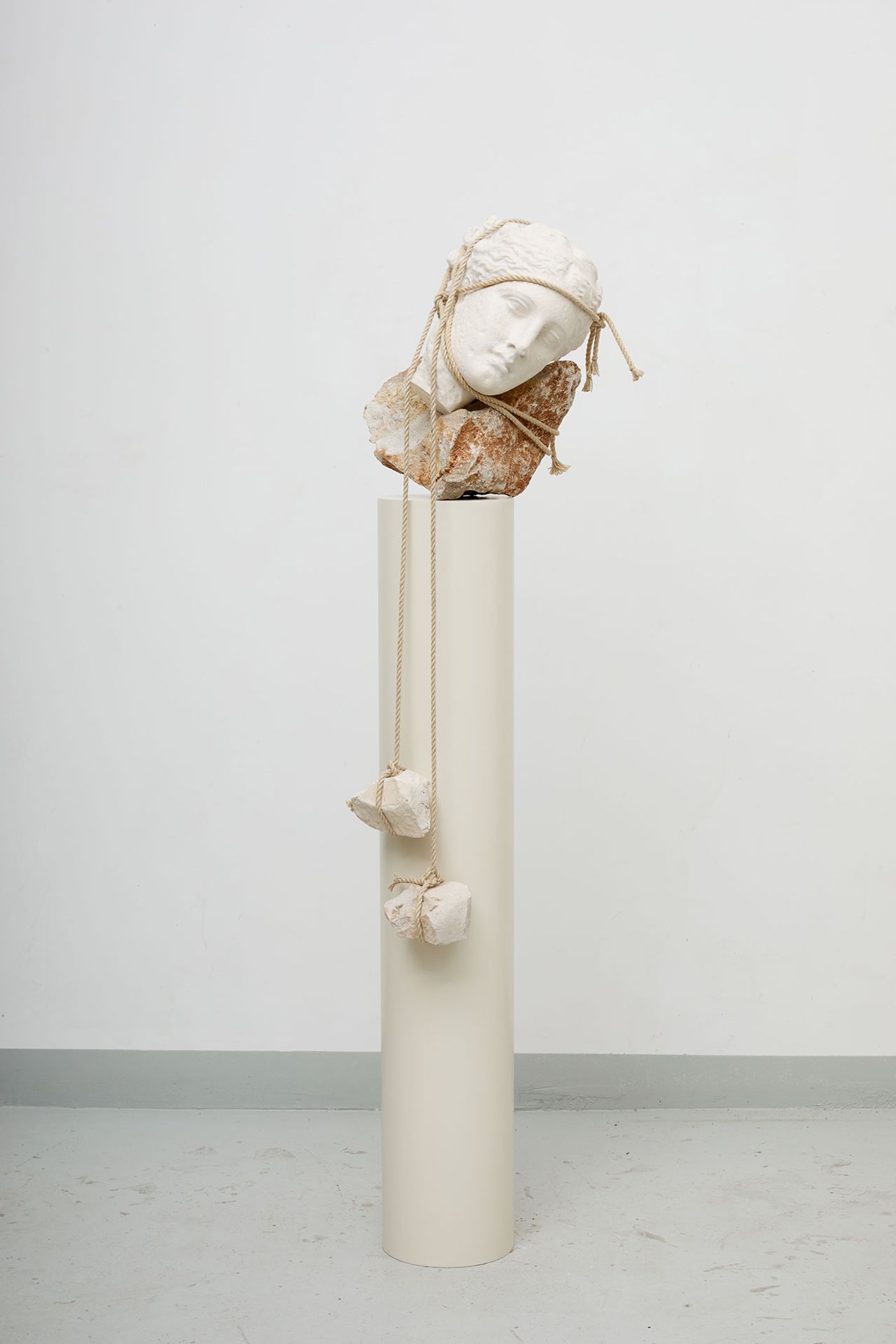
Hauntingly Humorous: The Shape-Shifting World of Théo Mercier
Words by Eric David
Location
Hauntingly Humorous: The Shape-Shifting World of Théo Mercier
Words by Eric David
French artist and stage director Théo Mercier is a true polymath—sculptor, painter, collector, scenographer, choreographer, and director, his practice defies conventional artistic boundaries, traversing the realms of anthropology, geopolitics, tourism, and landscape. Whether shaping surreal sculptures, staging bold theatrical experiments, or orchestrating immersive exhibition-performances, Mercier crafts experiences that blur the lines between disciplines, inviting audiences into unfamiliar territories where poetry, humour, and strangeness converge.
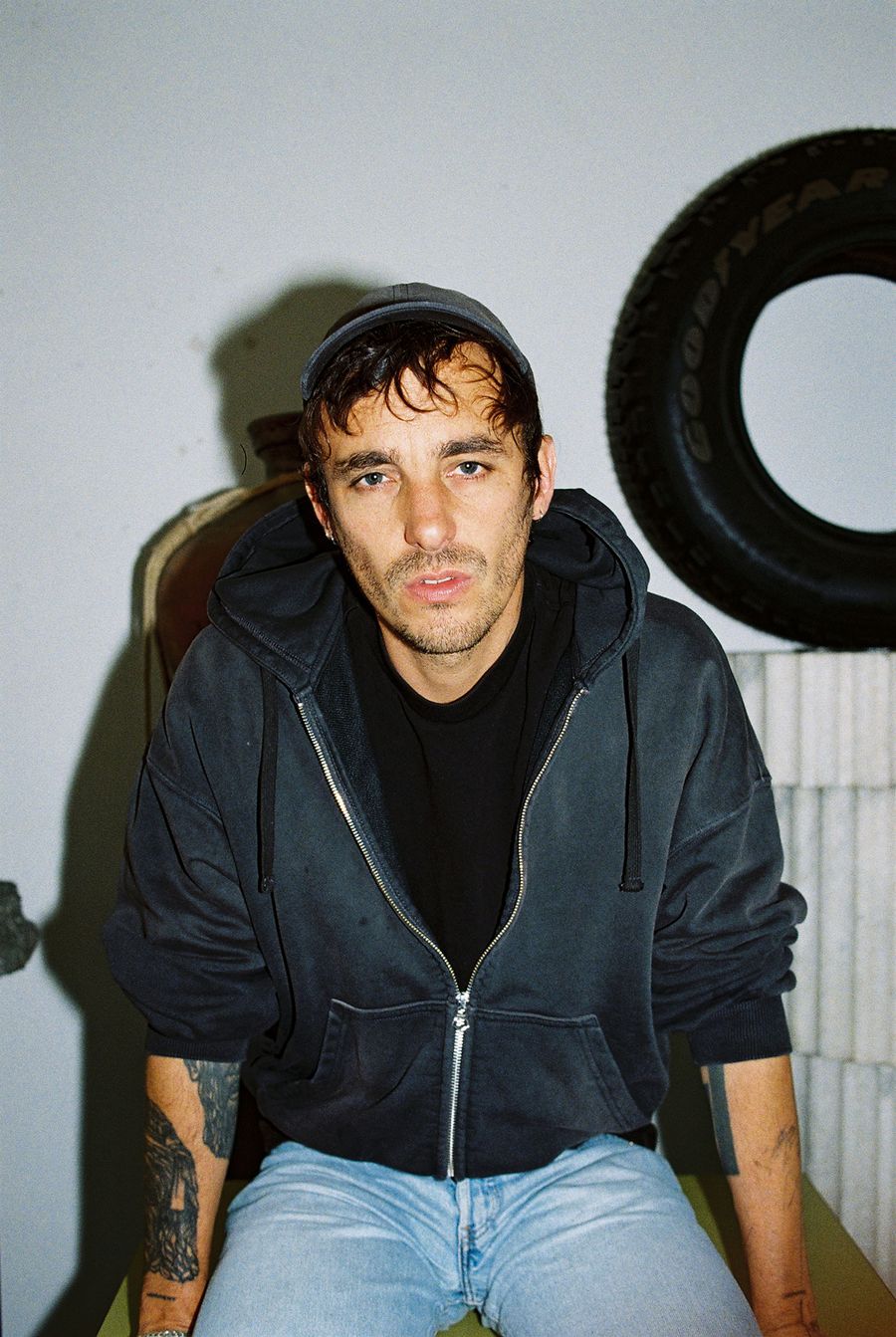
Théo Mercier. Portrait by Claudio Fleitas, 2024.
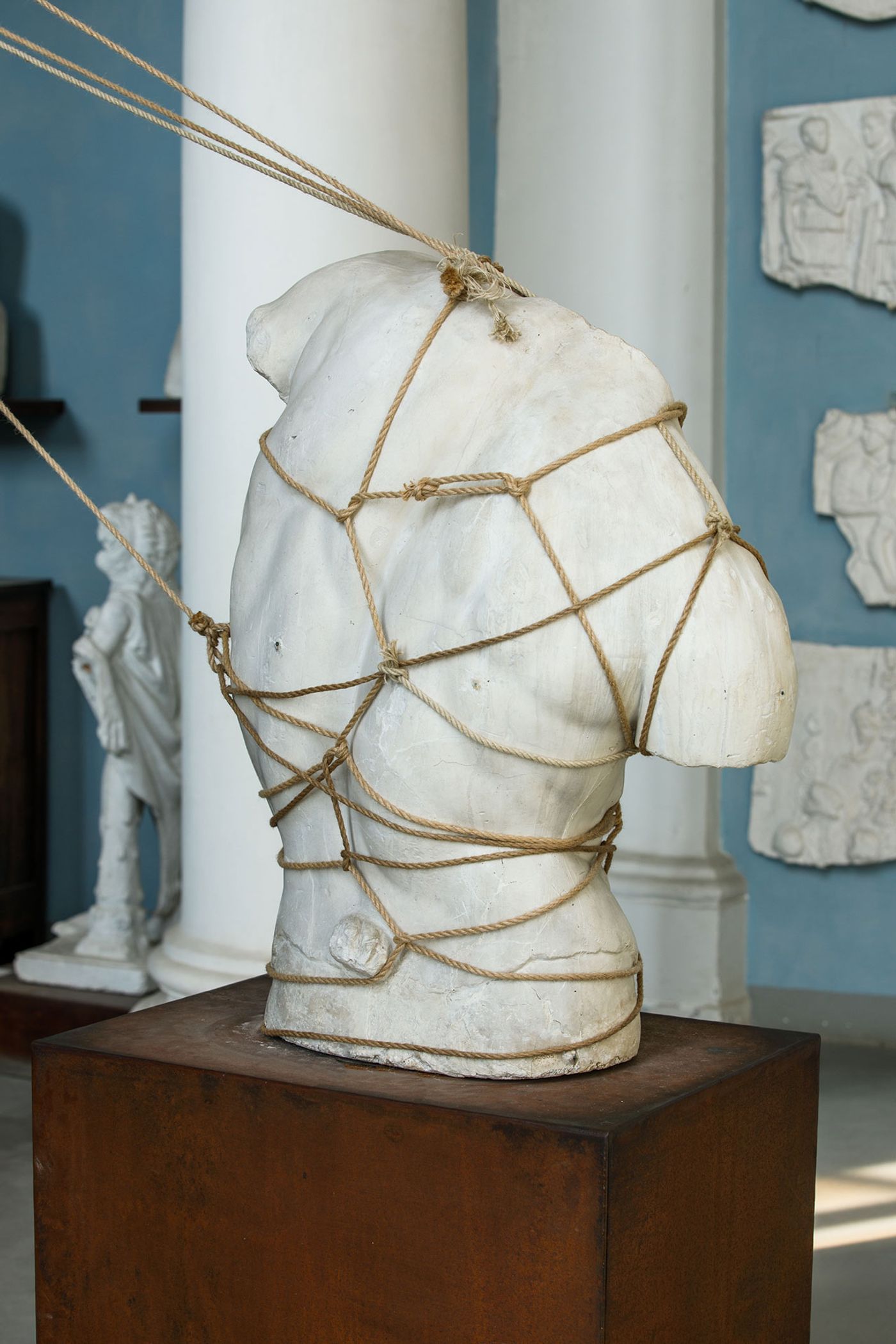
Théo Mercier, Catch of the Night, 2023. BAD TIMING solo exhibition at Villa Médici, Rome. Photography © Erwan Fichou.
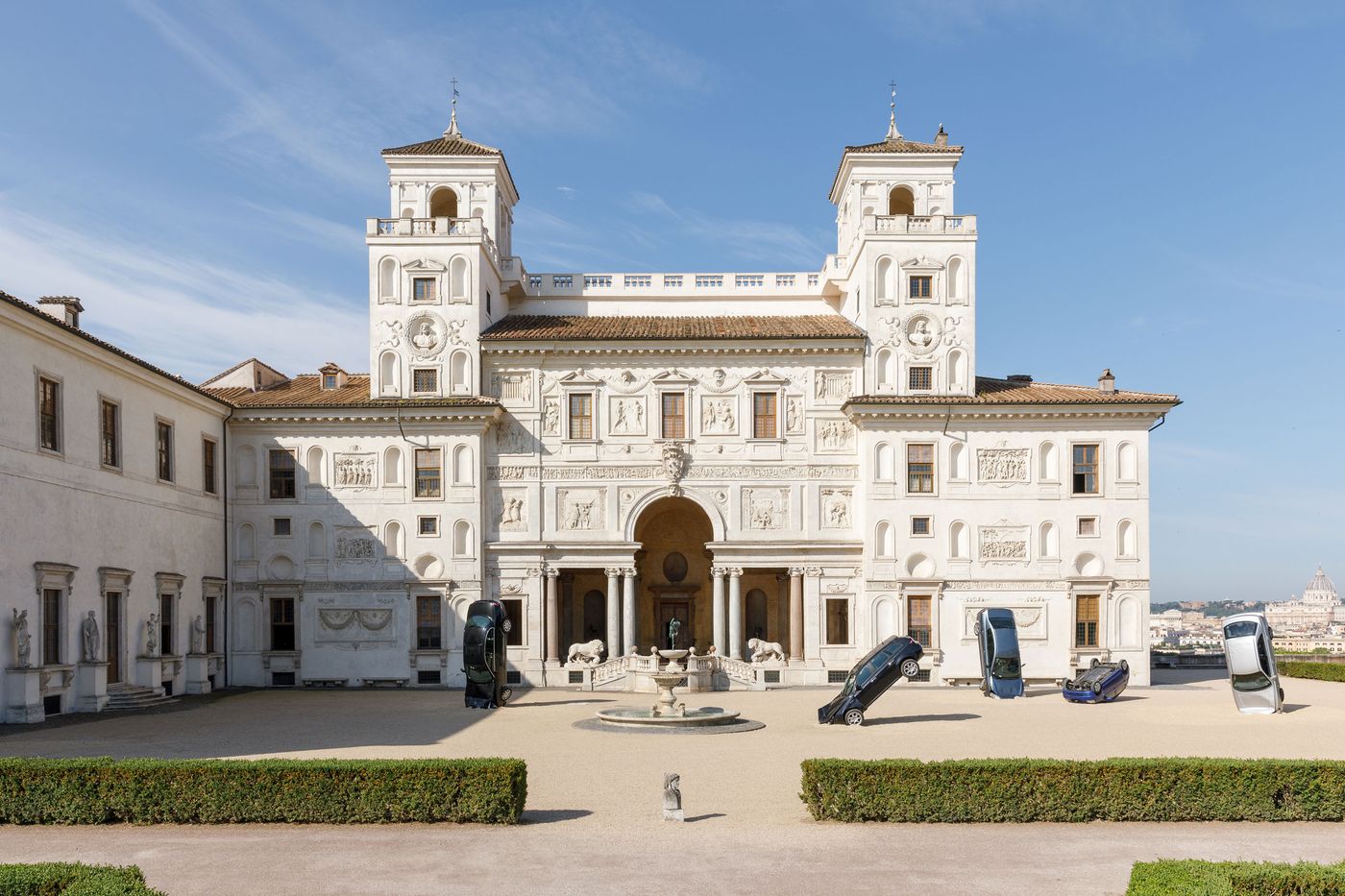
Théo Mercier, Birds Don't Cry, 2023. BAD TIMING solo exhibition at Villa Médici, Rome. Photography © Erwan Fichou.
As an explorer and collector, Mercier assembles his installations using a mix of his own sculptures and found objects gathered during his travels. The resulting compositions function like “choreographies of the eye,” encouraging viewers to navigate landscapes where discarded relics and carefully crafted forms generate unexpected narratives. His work is as tactile as it is conceptual, rejecting traditional barriers like glass or fencing in favour of open, immersive experiences. His sculptures—often weathered, precarious, or absurdly juxtaposed—invite audiences to rethink their relationships with objects, be they an overturned car lodged in a garden (Bad Timing, Villa Medici, 2023) or sand sculptures of rumpled mattresses and pillows at the Conciergerie in Paris (Outremonde III – The Sleeping Chapter, 2022). Across these works, Mercier challenges ideas of permanence and decay, creating ephemeral landscapes that are as haunting as they are humorous.
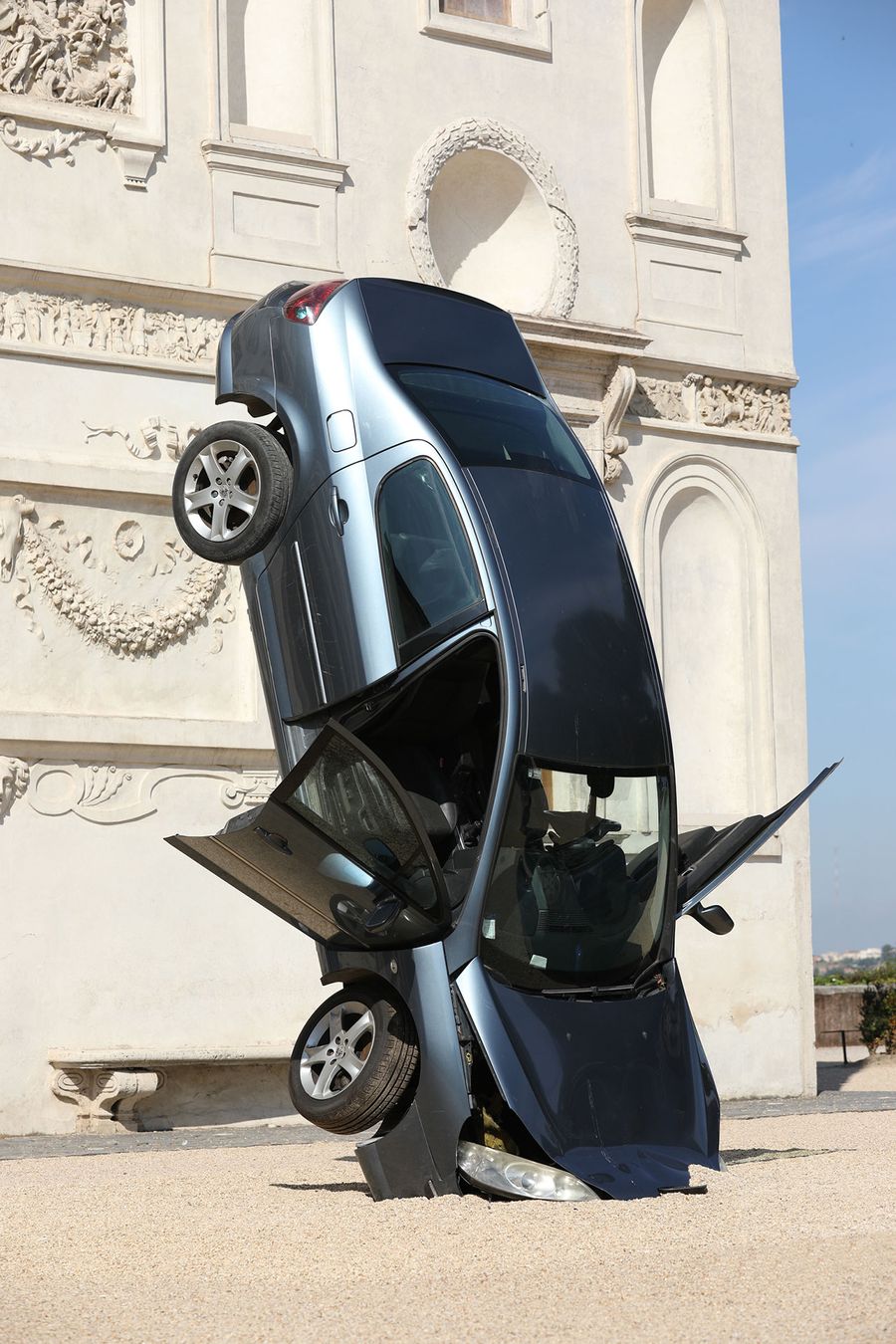
Théo Mercier, Birds Don't Cry, 2023. BAD TIMING solo exhibition at Villa Médici, Rome. Photography © Erwan Fichou.
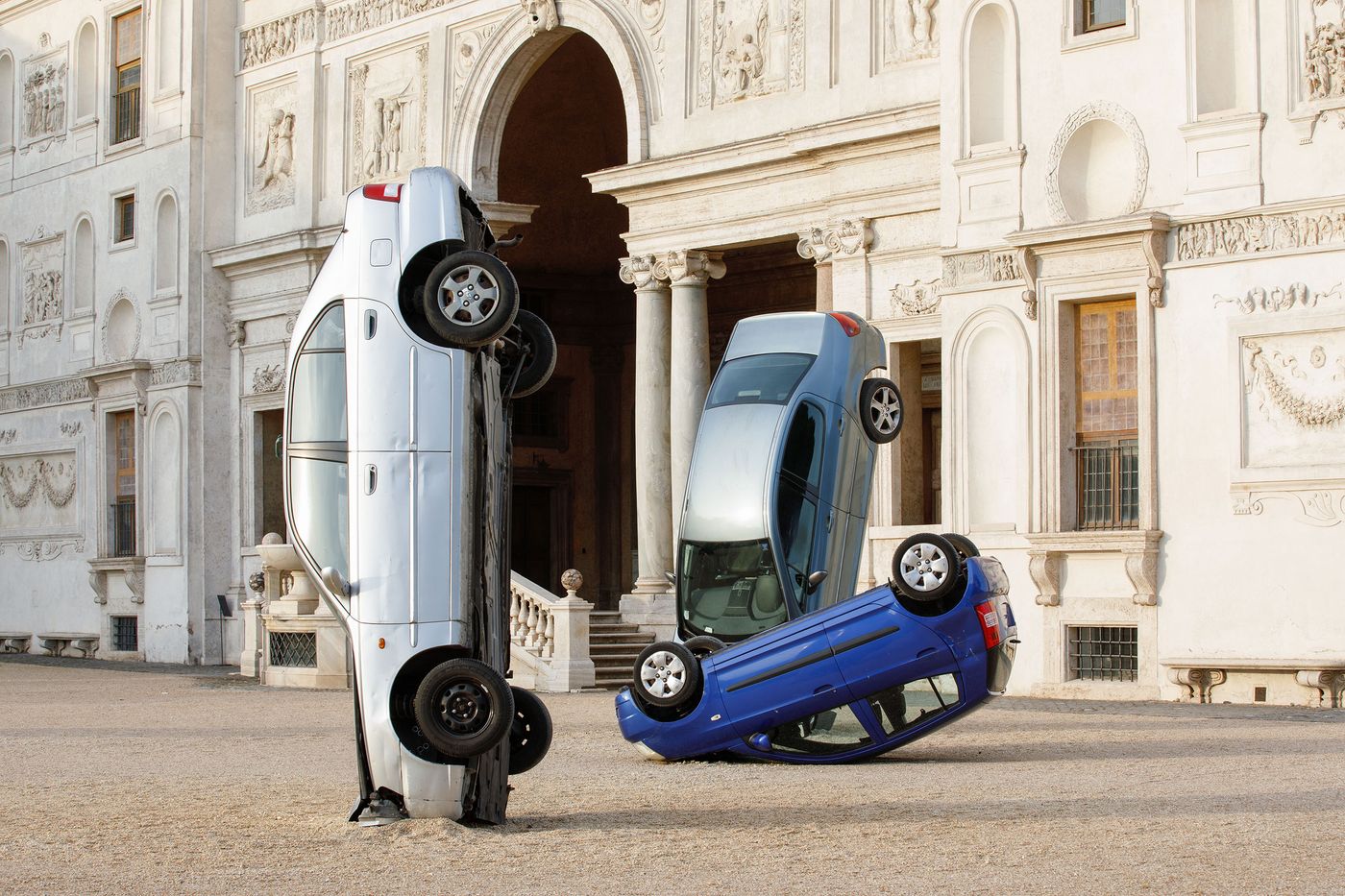
Théo Mercier, Birds Don't Cry, 2023. BAD TIMING solo exhibition at Villa Médici, Rome. Photography © Erwan Fichou.
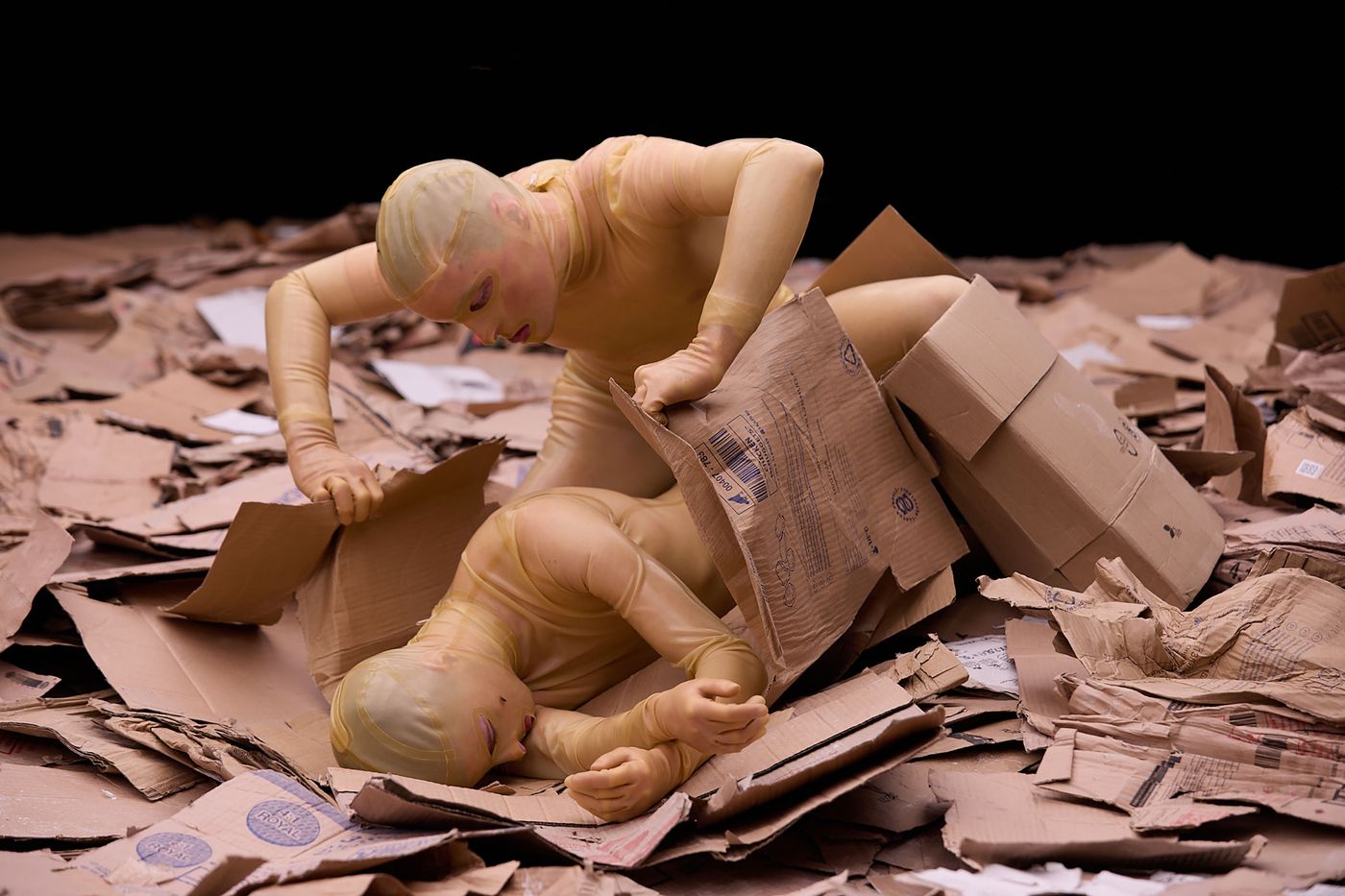
Théo Mercier, Skinless, 2024. Photography @ Erwan Fichou.
His fascination with transformation extends into his stage work, where he pushes the boundaries of live performance. His Outremonde series, launched in 2021, is a particularly striking example of his hybrid approach: a trilogy of live exhibitions that dissolve the divisions between museum spaces and performance halls. By animating sculptures with movement and guiding audiences through dreamlike sequences, Mercier crafts juxtaposed experiences that exist between stillness and action, solid and fluid, past and future.
A defining example of his approach is Skinless, presented at the Festival d’Automne in Paris, where 100 tons of non-organic waste were used as both an installation and a stage. Here, waste—usually discarded and ignored—became a living, evolving medium, symbolizing cycles of destruction and renewal, Exhibiting the kind of radical reframing that defines Mercier’s artistic philosophy, namely his ability to make the overlooked feel urgent, or the inert feel aliv
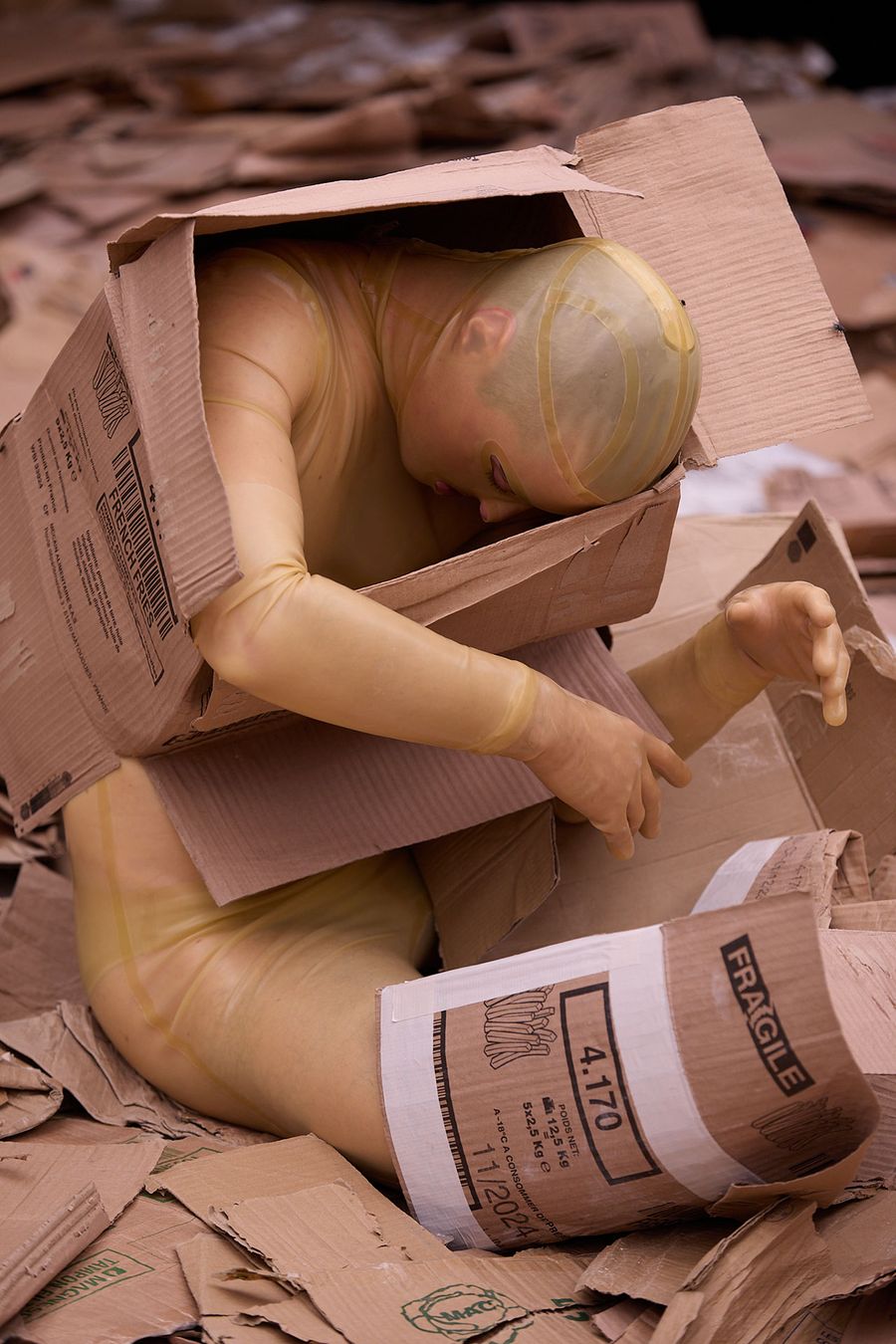
Théo Mercier, Skinless, 2024. Photography @ Erwan Fichou.
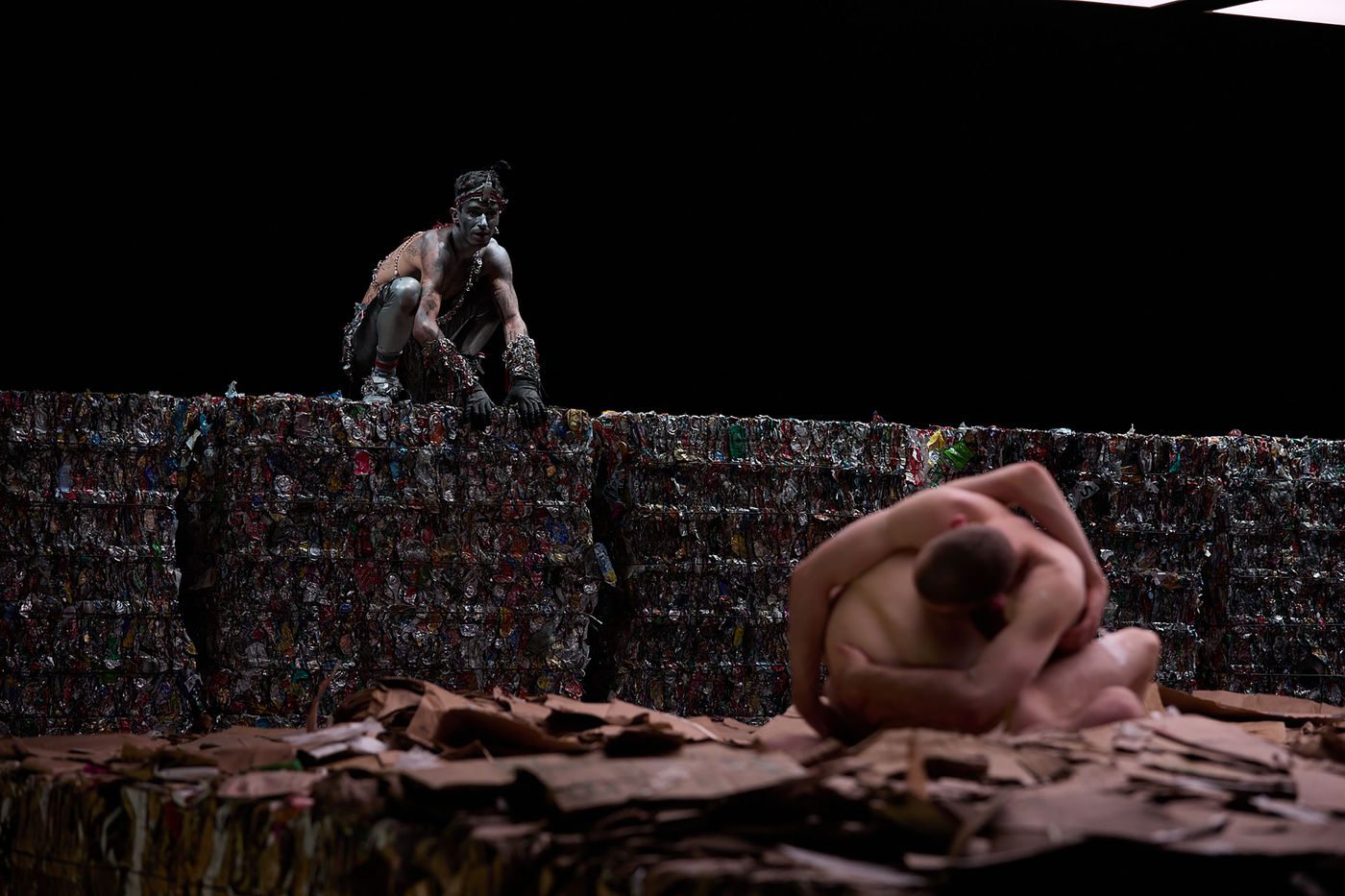
Théo Mercier, Skinless, 2024. Photography @ Erwan Fichou.
With solo exhibitions at major institutions including the Mona (Tasmania), the Fondation Luma Westbau (Zurich), the Collection Lambert (Avignon), the MUCEM (Marseille), the Museo El Eco (Mexico), the Habana Biennial (Cuba) and the Musée de la Chasse et de la Nature (Paris), Mercier continues to push artistic disciplines into unexpected territories—a commitment that has earned him prestigious accolades, including the Silver Lion at the 2019 Venice Biennale for Dance and the Jury Prize for the French Pavilion at the Prague Quadrennial in 2023.
Whether sculpting, directing, or staging immersive performances, his work invites audiences to step into a world where categories dissolve, objects breathe, and stories emerge from the spaces in-between. Yatzer recently caught up with Mercier to talk about his his fascination with transformation, his instinct for the in-between, and why he prefers art that refuses to stand still.
(Answers have been condensed and edited for clarity.)
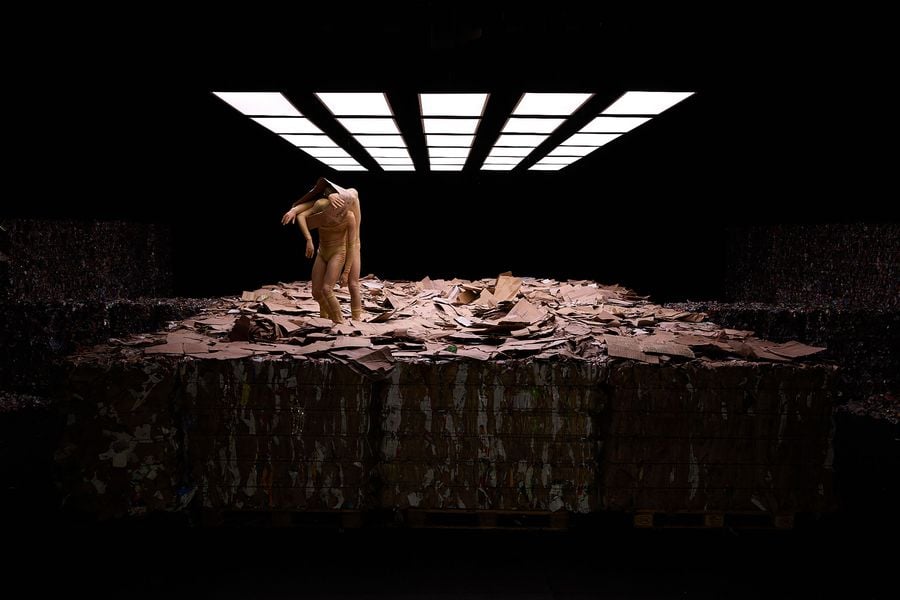
Théo Mercier, Skinless, 2024. Photography @ Erwan Fichou.
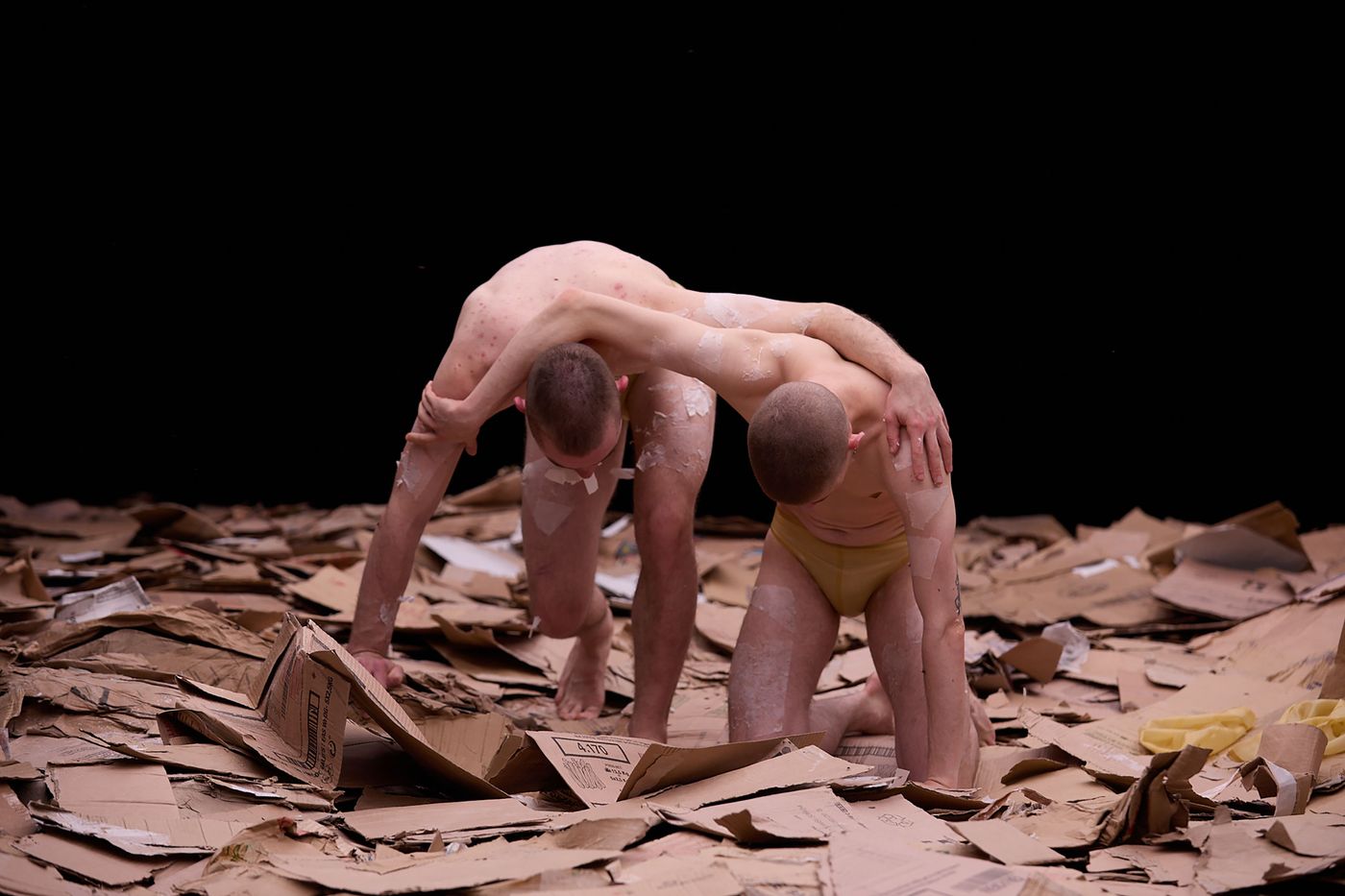
Théo Mercier, Skinless, 2024. Photography @ Erwan Fichou.
What first drew you to art? What led your multidisciplinary approach, spanning sculpture, scenography, and performance?
Everything begins with the desire—and the necessity—to see a vision fulfilled. Initially, my work starts with an idea, then I seek the most fitting medium and approach to give form to that intuition within a space. I’m just as drawn to questions of emotion as I am to those of perception, movement, and landscape. To me, time and the act of looking can be sculpted just as much as physical matter. It all comes down to the interplay of emptiness and fullness, density and breath, harmony and chaos. Sculpture, after all, can be something that is either utterly tangible on the one hand or something entirely immaterial on the other.
A recurring theme that we see in your work are often based on topics based on ruins, obsolescence, and transformation—whether that’s in “Bad Timing”, where crashed cars punctuate a historic site, or in “Skinless”, where waste very much takes the centre stage. What is it that fascinates you about these states of decay and reinvention?
A ruin exists at a point of transition—an in-between space, suspended between past and present, but also between presence and disappearance. I am always drawn to things or places in flux, in the process of becoming—even if that becoming leads to dust or absence. The dynamics of transformation, whether real or imagined, are central to my work; they serve to breathe a sense of life into objects and spaces. To me, everything is alive—everything breathes, moves, is born, and fades away. In truth, I see the world through a deeply animist lens.
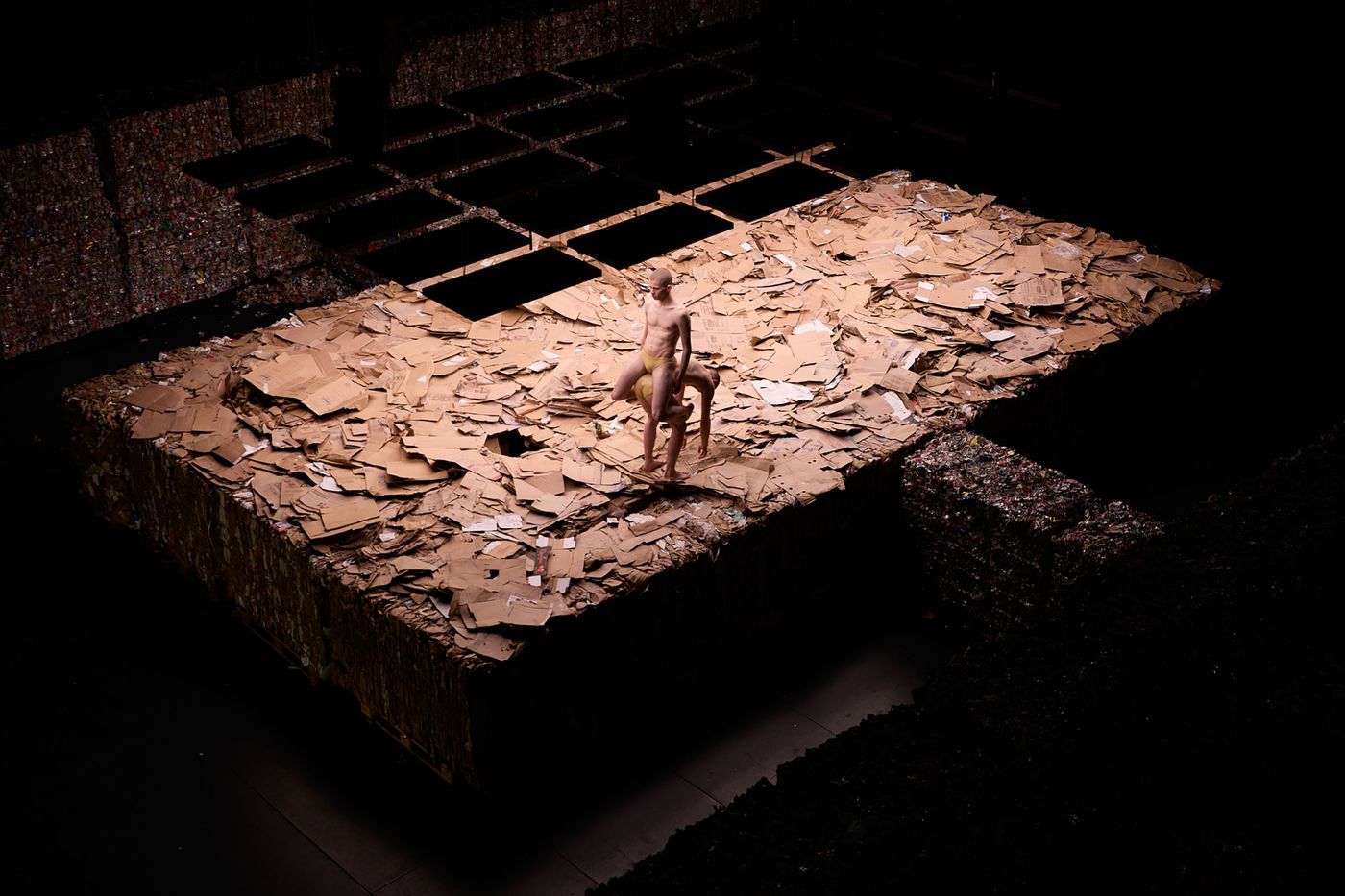
Théo Mercier, Skinless, 2024. Photography @ Erwan Fichou.
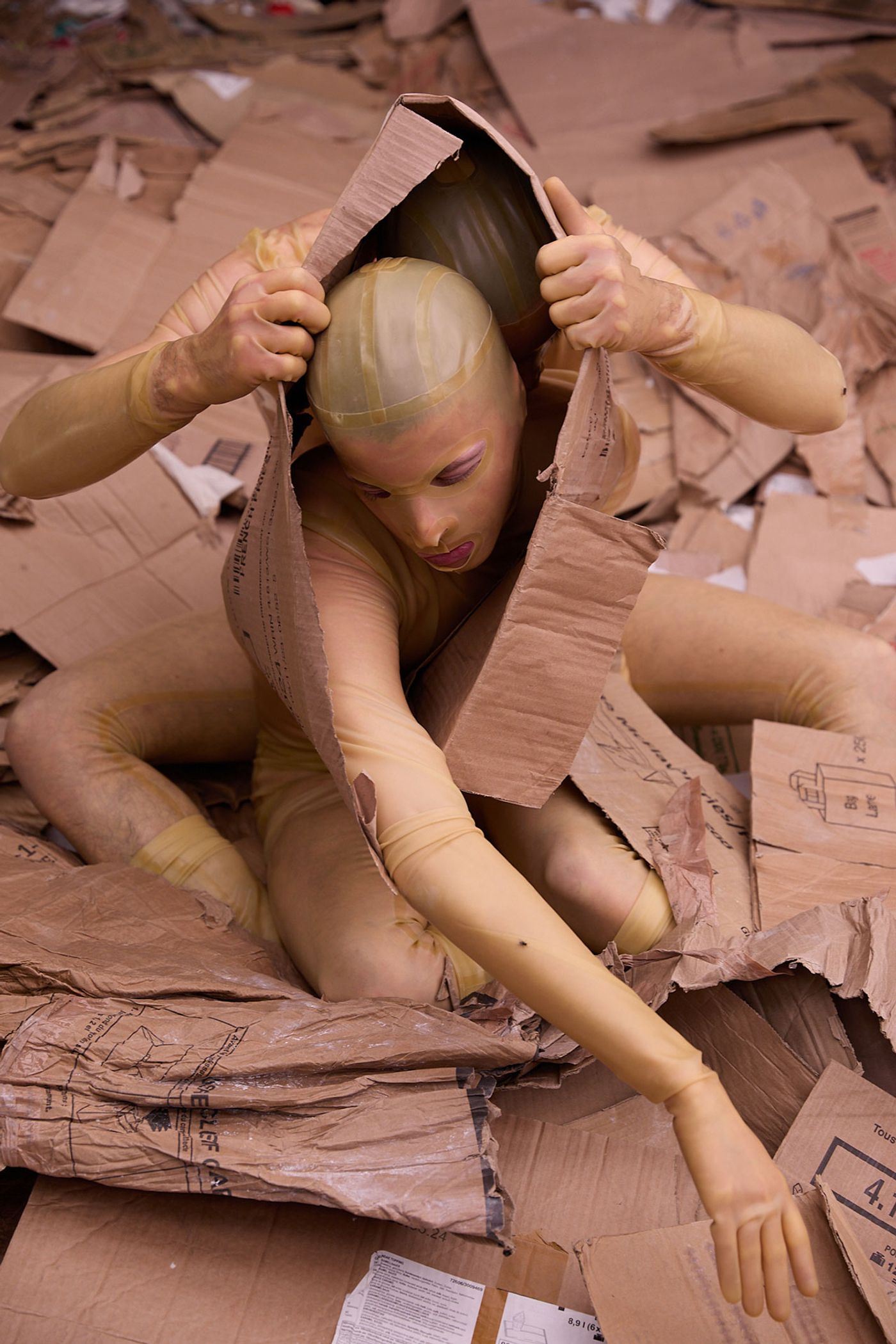
Théo Mercier, Skinless, 2024. Photography @ Erwan Fichou.
Your work often explores the concept of value by juxtaposing discarded materials with precious objects. What is it about this contrast that interests you to the extent that it does, and how do you think it challenges traditional notions of worth and meaning?
An artist’s role is to transform the way we see the world. Perhaps everything has already been invented, but there are still countless ways to look at what surrounds us.
My work often involves reversing the world, shifting its poles of attraction, bringing shadow into light and placing the periphery at the centre. These contradictions create new openings, thereby expanding our sense of possibility. I believe that an artist shouldn’t base their work on existing value systems. Desire, and therefor value, can found in anything—it’s a matter of longing, of perception.
Sustainability plays a significant role in your practice, evident from the sand-sculpted scenography of the “Outremonde” series through to the compressed waste in “Skinless”, which is sourced locally in each city where it is staged. How do you approach the environmental and conceptual dimensions of materiality in your work?
We live in a time where it is more urgent than ever before for artists to imagine new ways of creating and sharing their work.
I don’t view myself as a minimalist artist—I travel extensively, and my work involves moving significant amounts of material. I therefore have to think very hard about the best way to move these large amounts. Every one of my projects is a reflection on how to produce differently. The process of making and the context in which a work exists are just as important as its form. Together with Céline Peychet, who runs the studio, we strive to ensure that each project is both a formal invention and a reinvention of how it is produced.
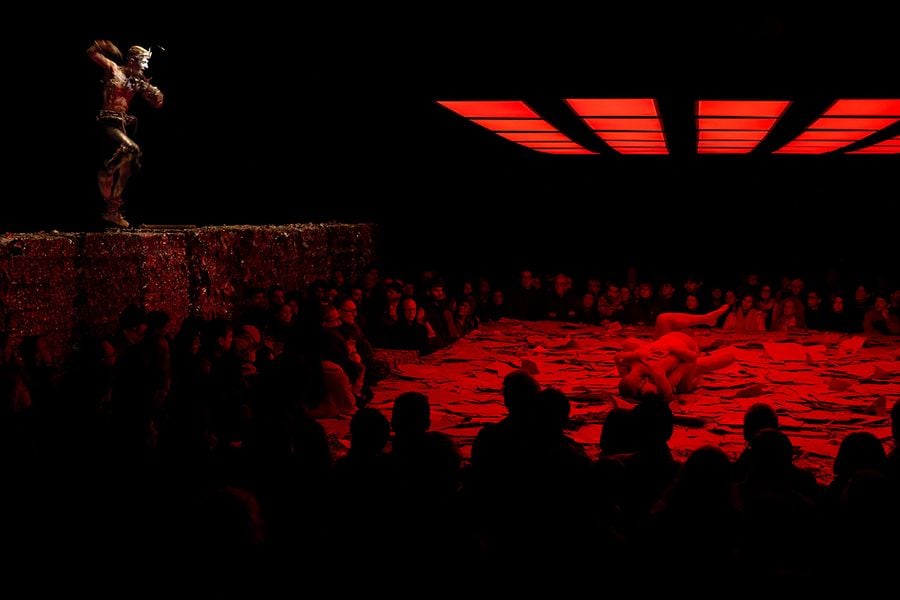
Théo Mercier, Skinless, 2024. Photography @ Erwan Fichou.
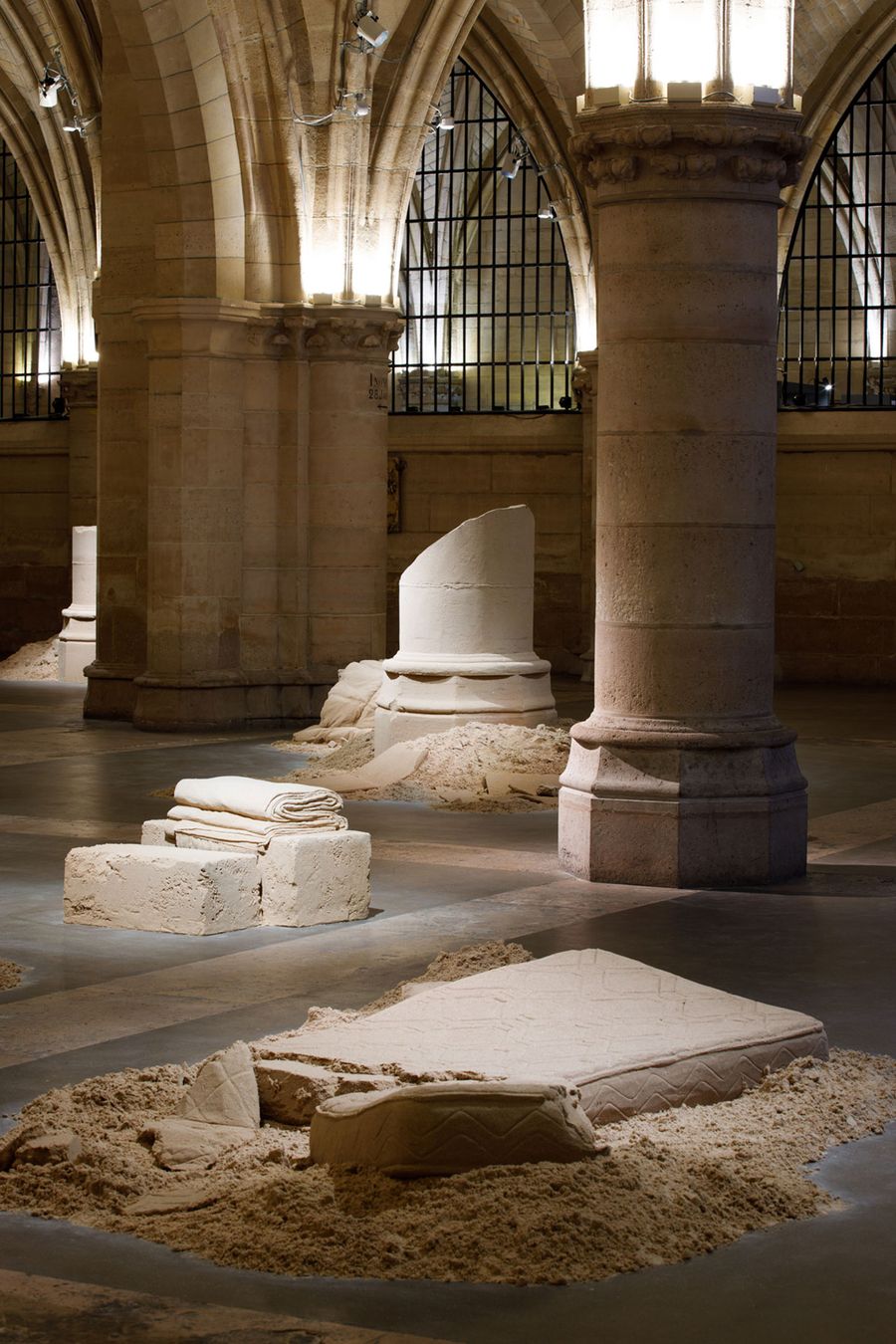
Théo Mercier, Outremonde III – The sleeping chapter, 2022. Conciergerie, Paris. Photography © Erwan Fichou.
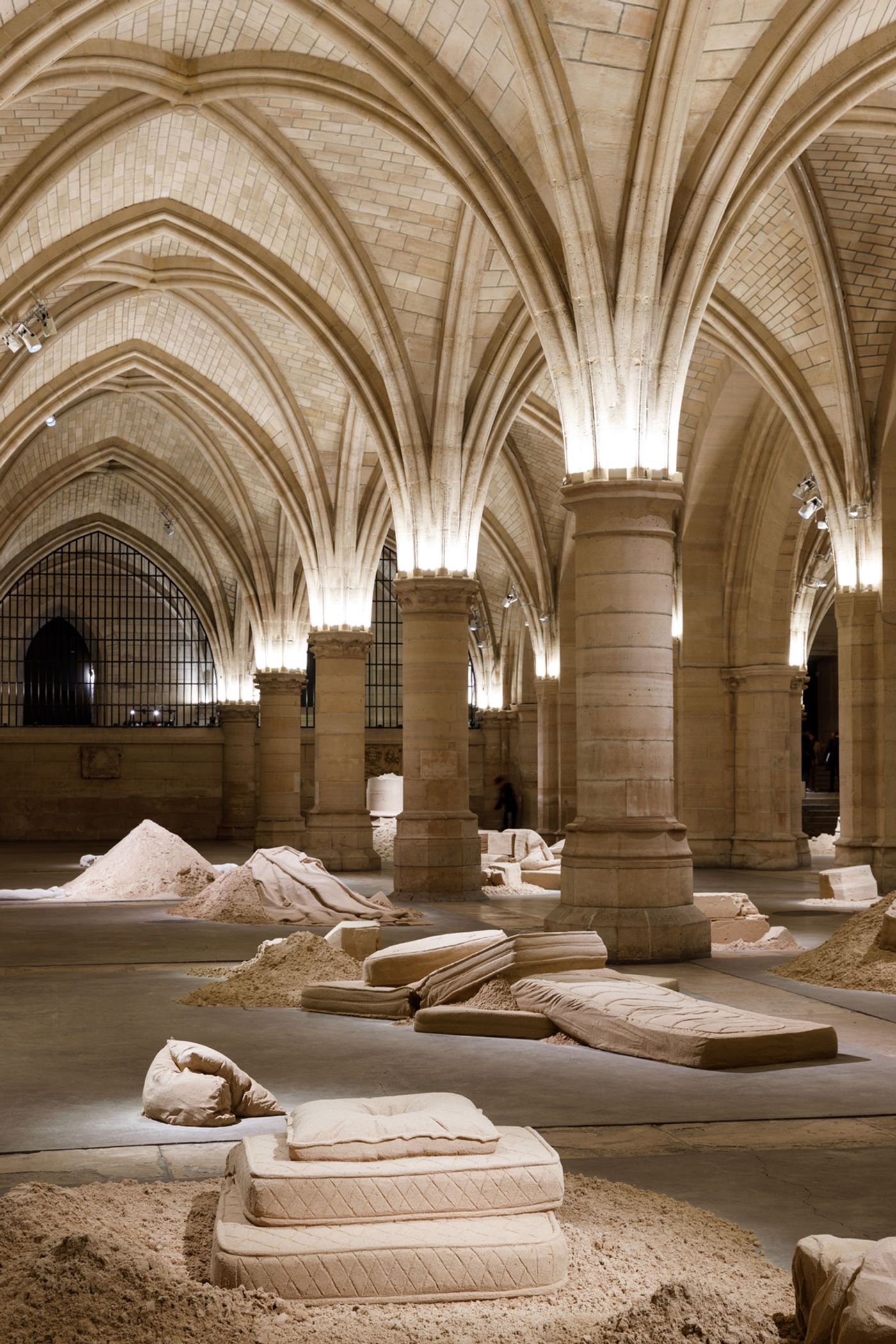
Théo Mercier, Outremonde III – The sleeping chapter, 2022. Conciergerie, Paris. Photography © Erwan Fichou.
You often work site-specifically, responding to the architectural and historical contexts such as the Villa Medici or the Conciergerie. How do these environments shape your creative process, and do you view your works as temporary interventions or long-term dialogues with these spaces?
When I have the privilege of being invited to work in a historic site, it feels as though my artistic gesture shifts in scale, suddenly gaining the potential to become vast. My approach of layering and creating friction between different times moves beyond the scale of the object and extends to that of architecture itself. In such contexts, my work often engages within a dynamic of tension, conflict, or contrast, often disrupting how we perceive historic architecture. As I mentioned earlier, what interests me is sculpting space, architecture, perspective, and the way we look at things. These spatial and temporal relationships always tell us something—whether it’s about how we come into conflict with a system or how we are inevitably drawn back into a memory of the past.
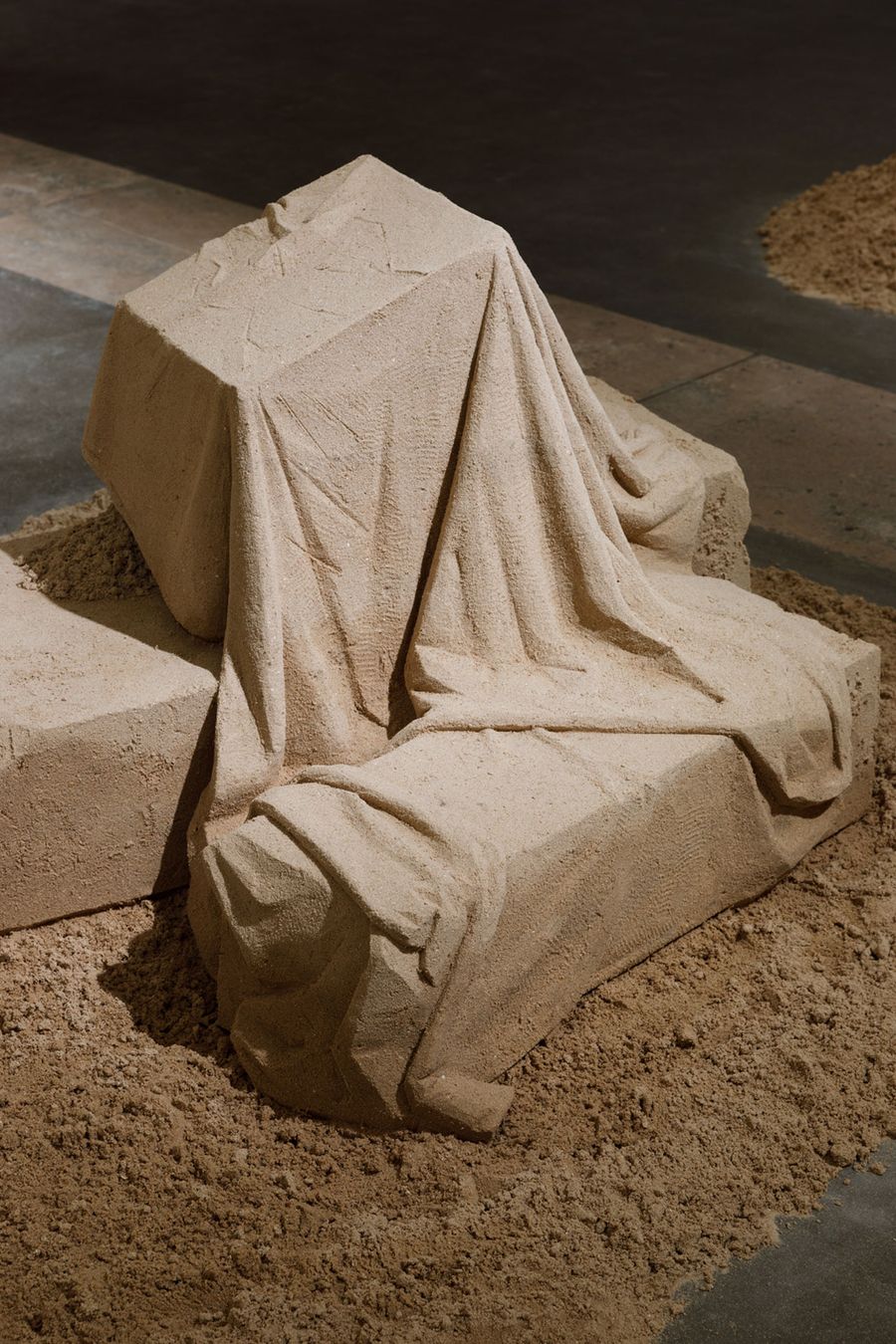
Théo Mercier, Outremonde III – The sleeping chapter, 2022. Conciergerie, Paris. Photography © Erwan Fichou.

Théo Mercier, Outremonde I, 2021 (presented at the Lambert collection in Avignon). Photography © Erwan Fichou.
Your “Outremonde” series of exhibition-performances was a turning point in bringing together your dual practices as sculptor and director. How did this fusion evolve, and what new possibilities did it open up for you?
I am truly happy to find myself in an “in-between” space”—as this is exactly what I was looking for. Between temples, between audiences, between the white cube of the gallery and the black box of the theatre, Outremonde has allowed me to exist in this interworld. It’s a space that needs to be invented, both artistically and in terms of how work is produced—and that is both exciting and deeply stimulating.
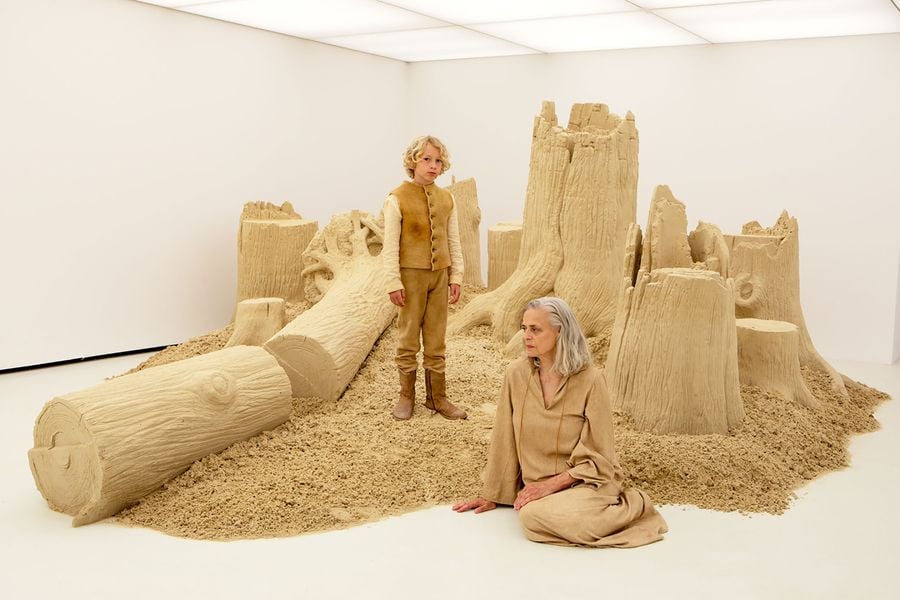
Théo Mercier, Outremonde I, 2021 (presented at the Lambert collection in Avignon). Photography © Erwan Fichou.
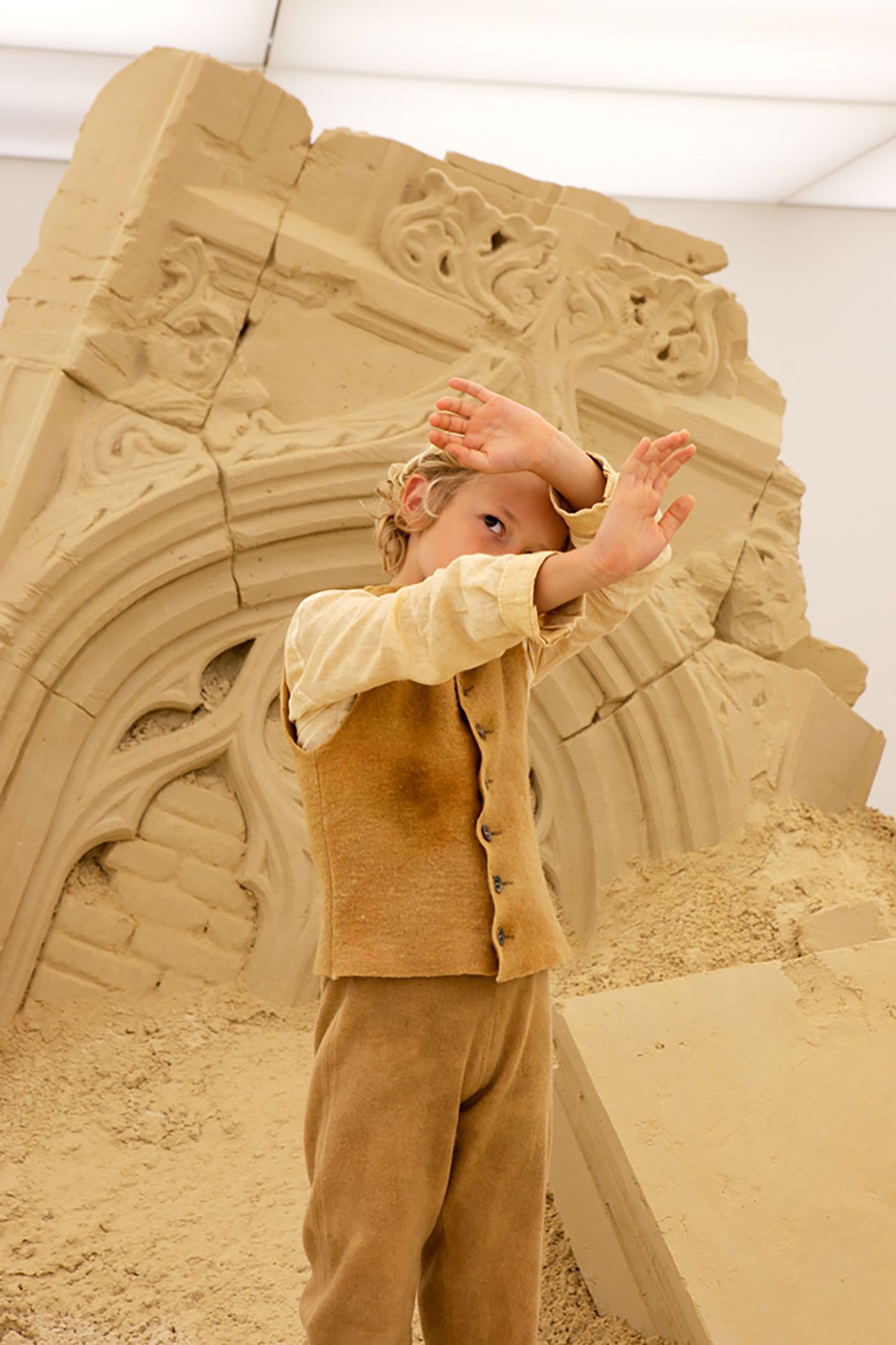
Théo Mercier, Outremonde I, 2021 (presented at the Lambert collection in Avignon). Photography © Erwan Fichou.
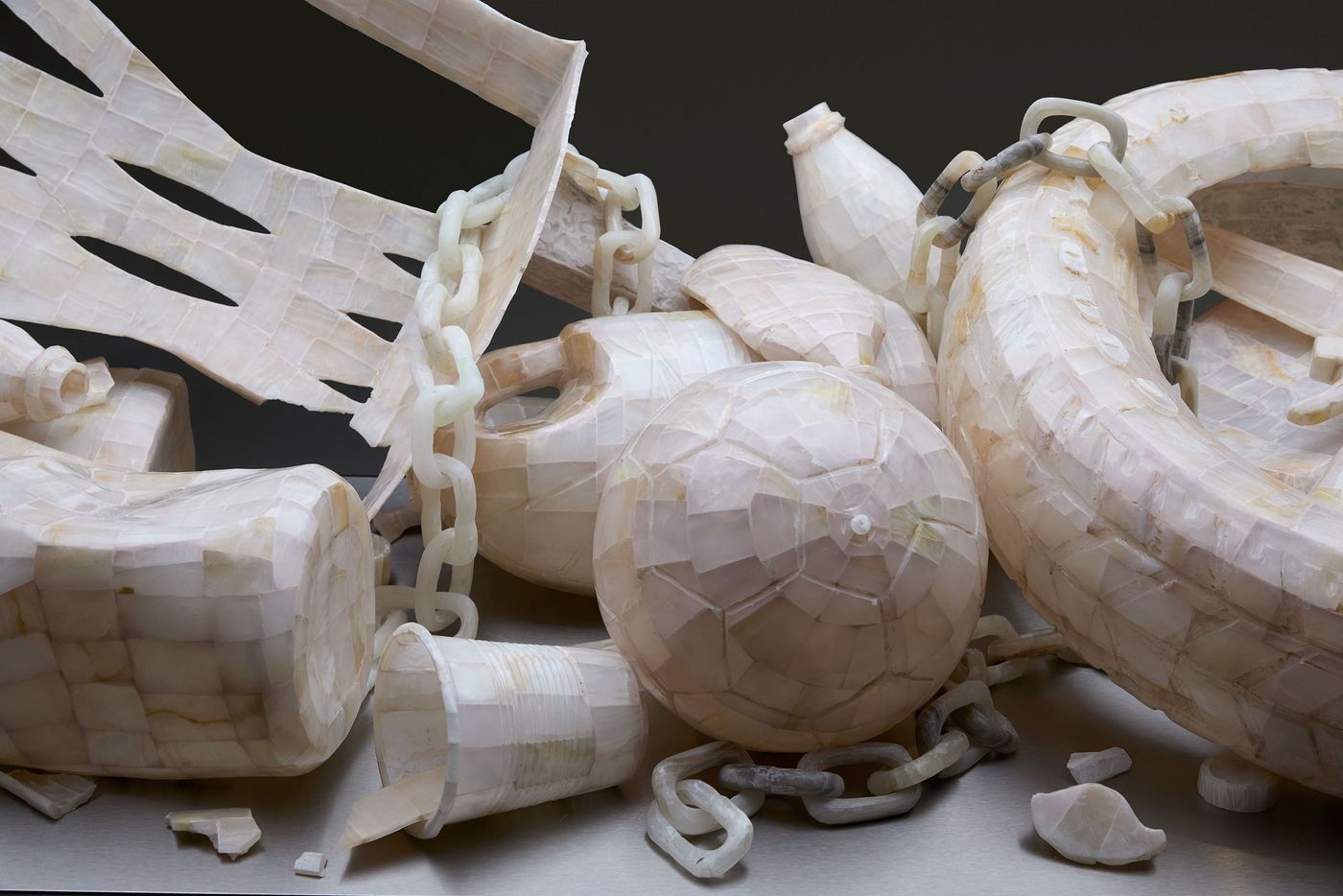
Théo Mercier in collaboration with artisans from the Guerrero region in southern Mexico, Marée Blanche, 2024. Commissioned by MUCEM for the exhibition Méditerranées. Courtesy of the artist and the Mor Charpentier gallery, Paris. © ADAGP, Paris, 2024 Photography © Erwan Fichou.
At MUCEM, you were invited to intervene in the creation of the permanent “Mediterraneans” exhibition. What was your approach to reinterpreting historical artifacts, and how do you perceive your role in terms of reshaping the narratives constructed by museums?
It’s not an easy role, and I wouldn’t really say that I have been truly successful in it. For the exhibition at Mucem, I was invited more as a poet-curator. The exhibition brought together the work of eight academic curators alongside mine, all exploring the construction of Mediterranean identity. We may have worked with the same objects, the same themes, but not with the same tools or responsibilities. It was an incredibly enriching experience to see how my work could complement an educational narrative on historical and political questions.
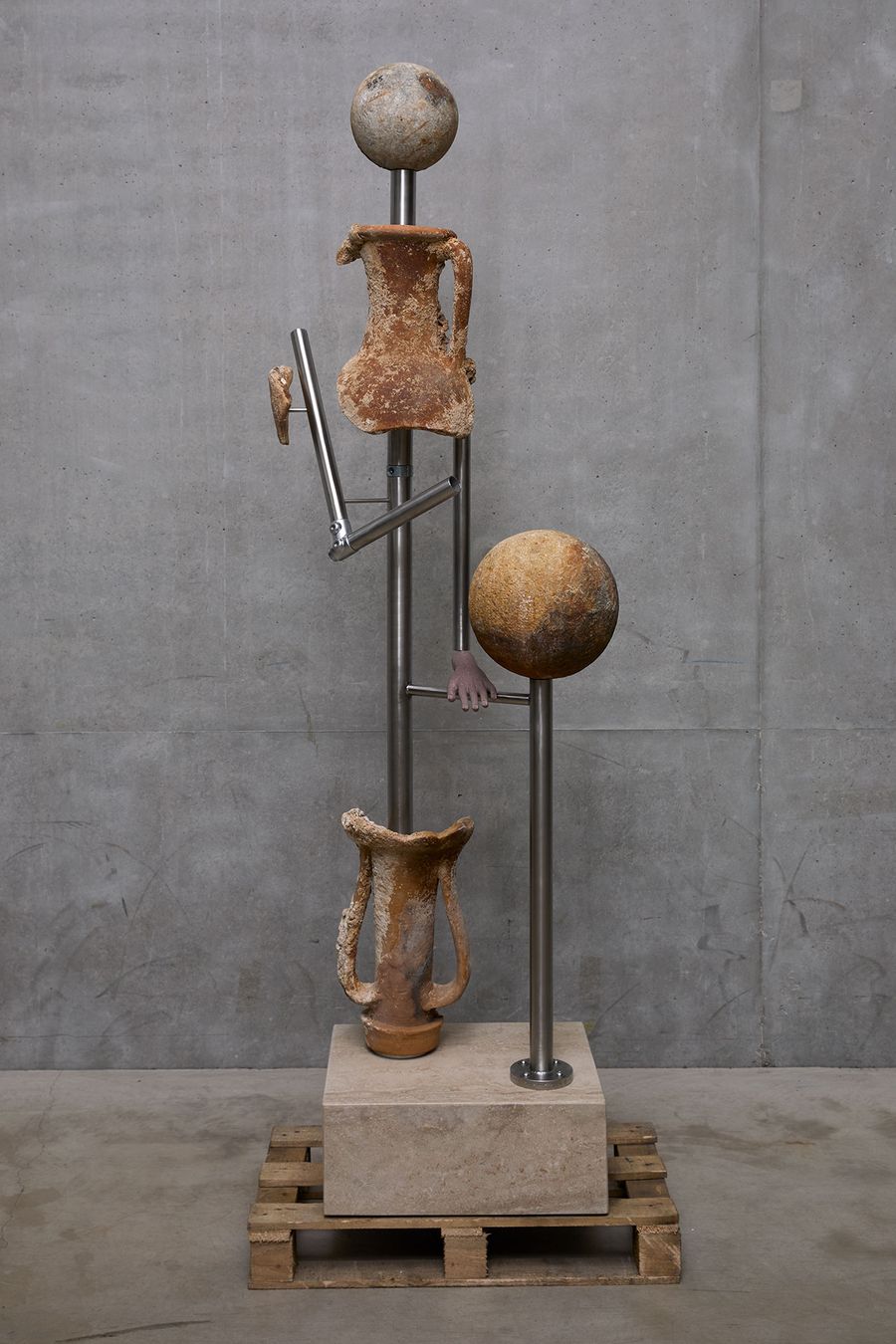
Théo Mercier, Personnage Sans Histoire I, 2024. Commissioned by MUCEM for the exhibition Méditerranées. Courtesy of the artist and the Mor Charpentier gallery, Paris. © ADAGP, Paris, 2024 Photography © Erwan Fichou.

Théo Mercier, Personnage Sans Histoire II, 2024. Commissioned by MUCEM for the exhibition Méditerranées. Courtesy of the artist and the Mor Charpentier gallery, Paris. © ADAGP, Paris, 2024 Photography © Erwan Fichou.
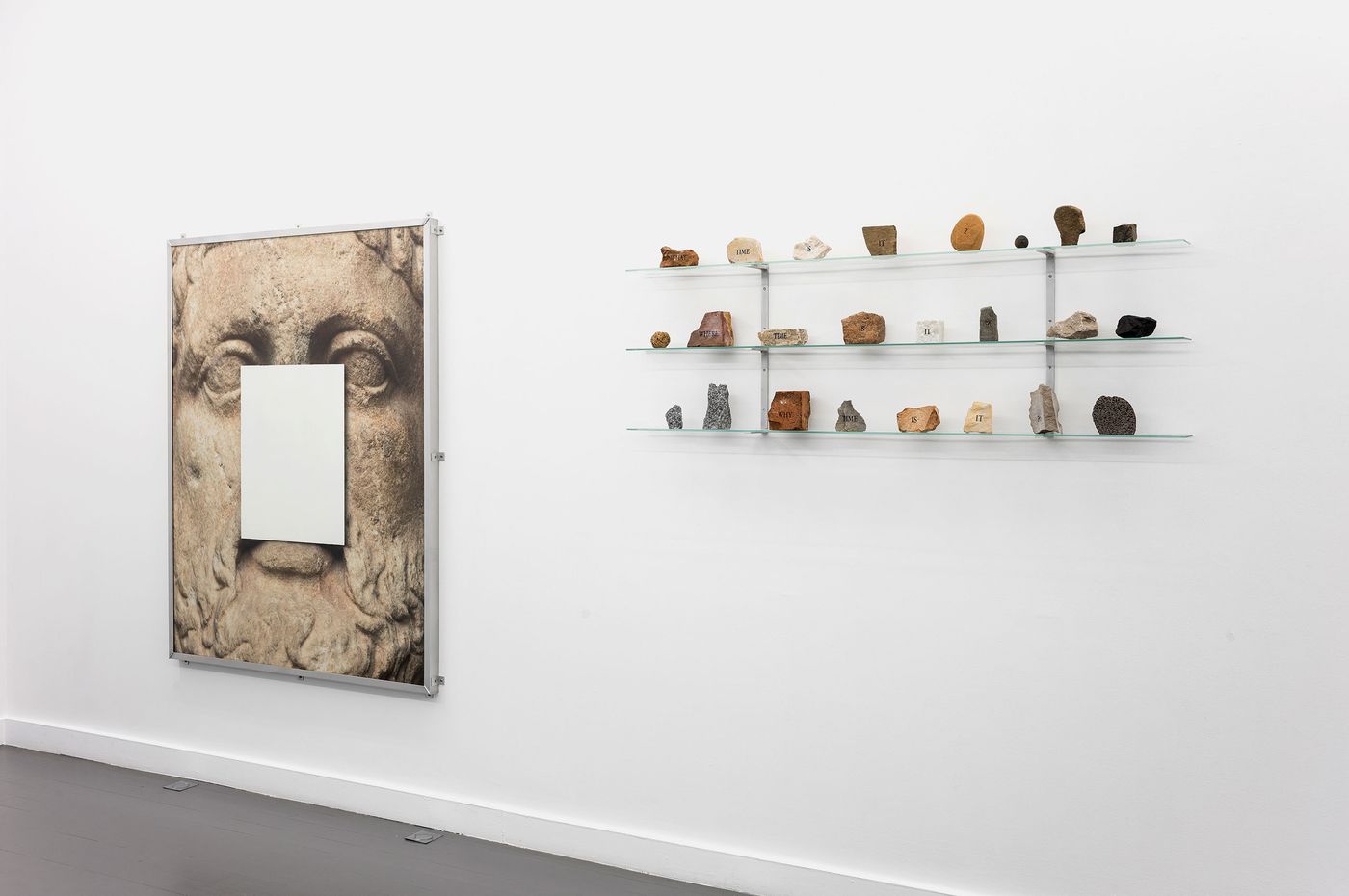
Théo Mercier, Mirror Error solo exhibition at Galerie mor charpentier, Paris, 2023. Photography by François Doury.

Théo Mercier, Mirror Error solo exhibition at Galerie mor charpentier, Paris, 2023. Photography by François Doury.
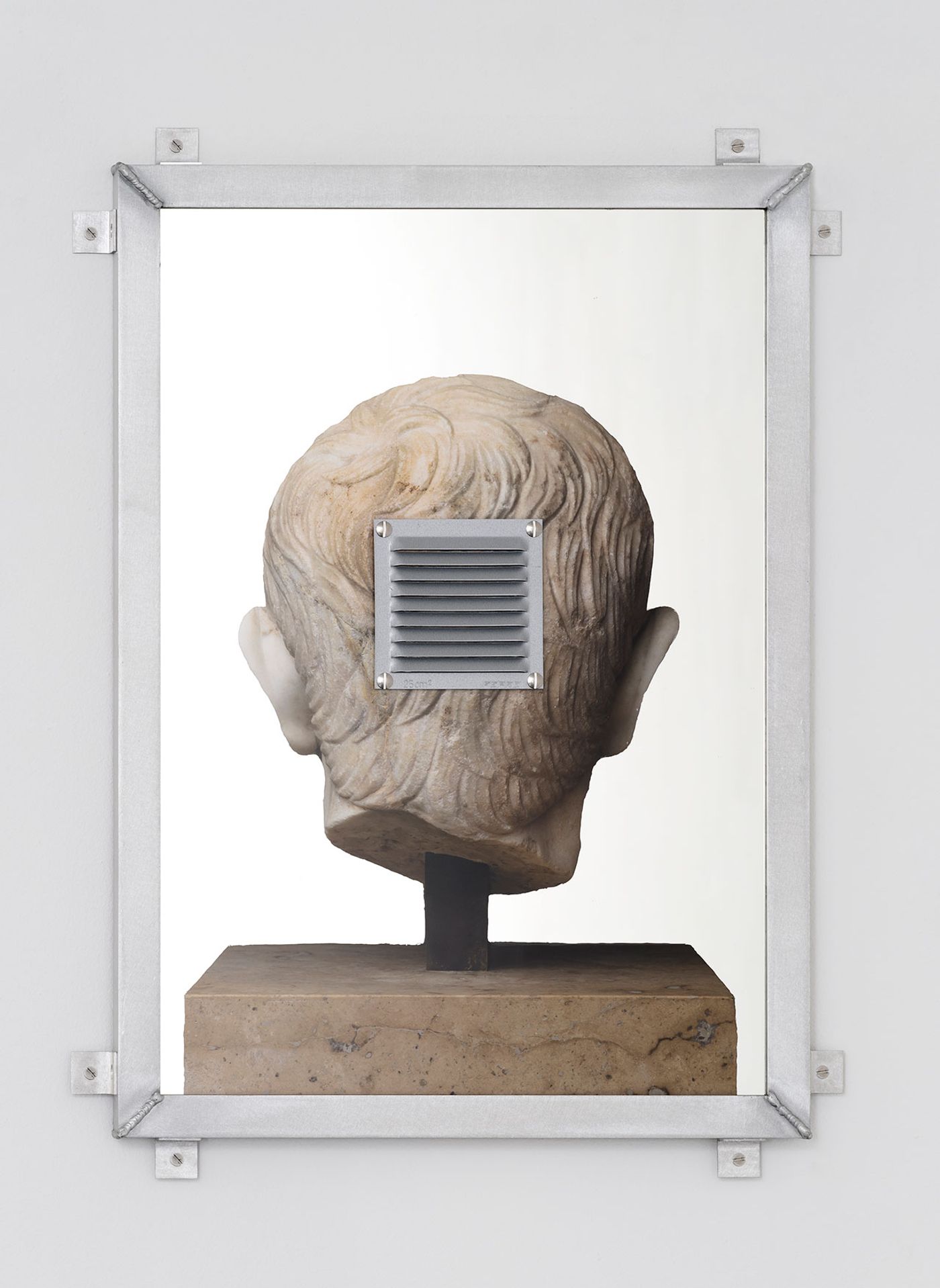
Théo Mercier, Mirror Error solo exhibition at Galerie mor charpentier, Paris, 2023. Photography by François Doury.
Humour and the absurd frequently surface in your practice, even within works that deal with weighty themes. How exactly does humour function in your art? Is it a deliberate strategy that you use to engage audiences in unexpected ways?
A sense of humour is what draws me to someone the most, so in a way, my work sometimes flirts with the audience. The humour in my work has evolved a lot over time—I’d say it’s less overtly funny now, or at least less intentionally so. It’s perhaps more a kind of situational comedy. Anything that isn’t in its “right place” has the power to spark surprise, curiosity, even a sense of wonder. Even when I engage with the world’s darker places, even when I expose its wounds, I make it a point to do so with as much light and care as possible. My work must always remain on the side of life. Your work continually challenges conventional artistic categories.
Looking ahead, what are some new frontiers—whether material, conceptual, or disciplinary—that you’re excited to explore right now?
Ice skating and body painting probably.
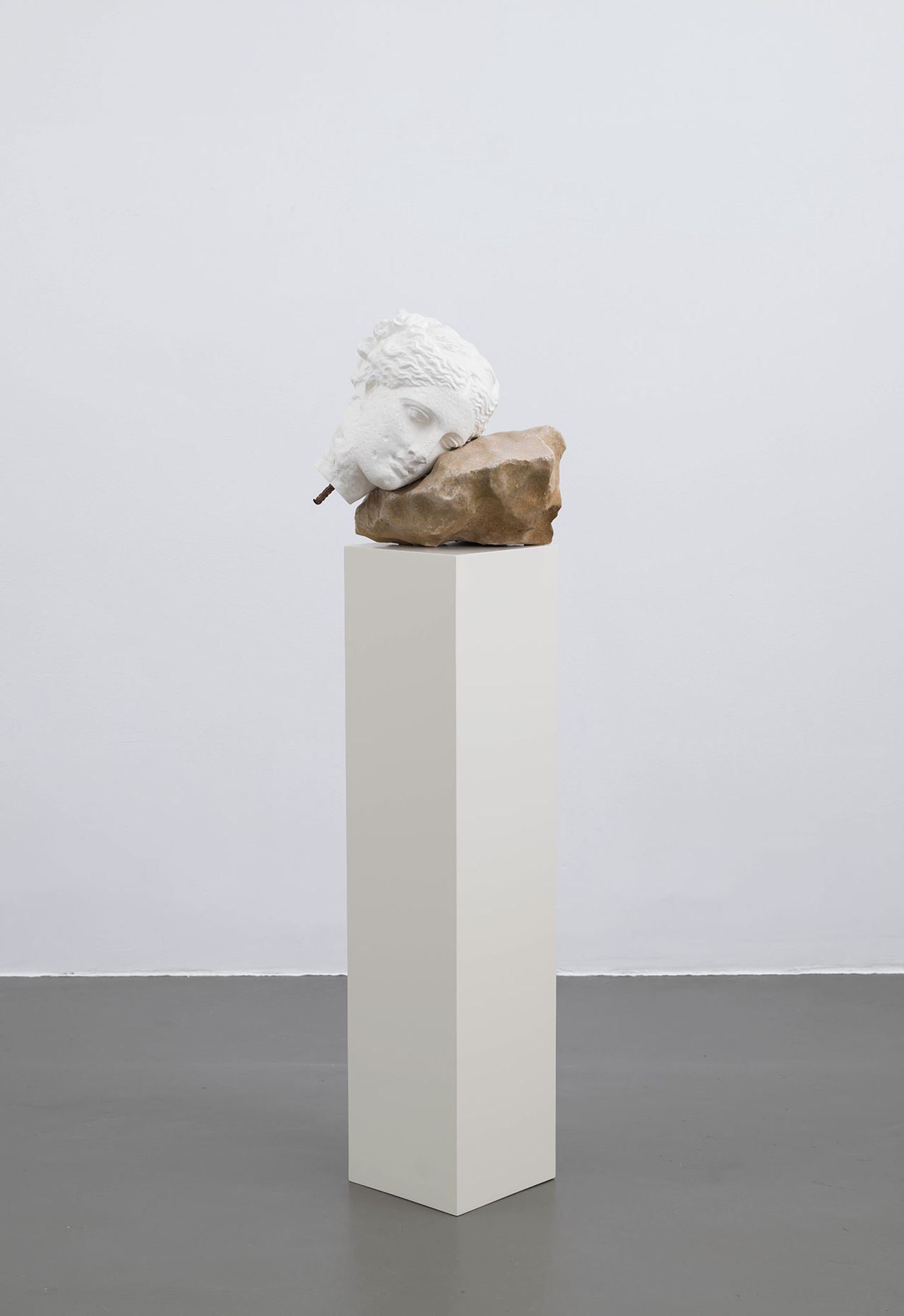
Théo Mercier, Time Trap, 2024. Photography © Erwan Fichou.

Théo Mercier, Time Trap, 2024. Photography © Erwan Fichou.
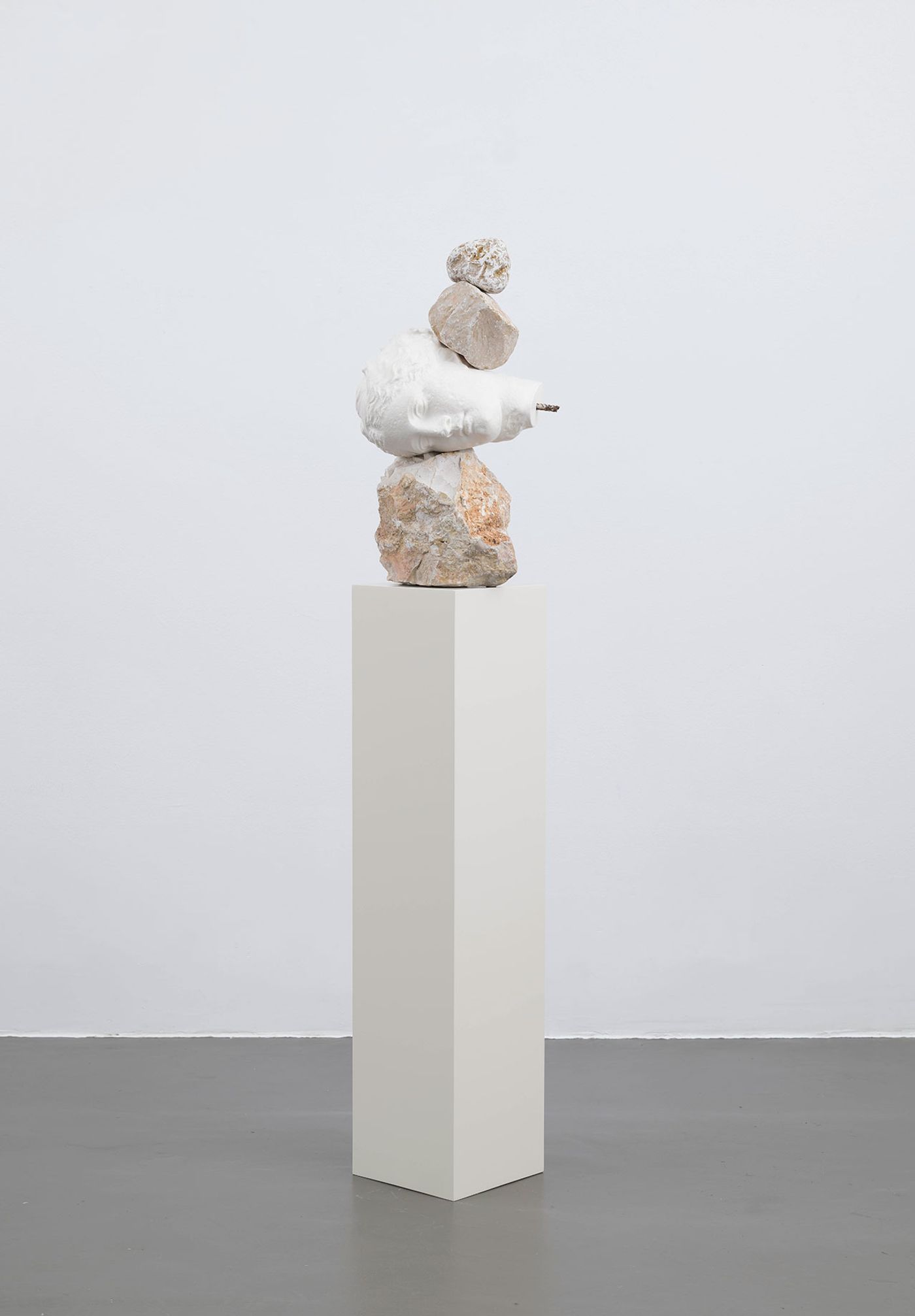
Théo Mercier, Time Trap, 2024. Photography © Erwan Fichou.
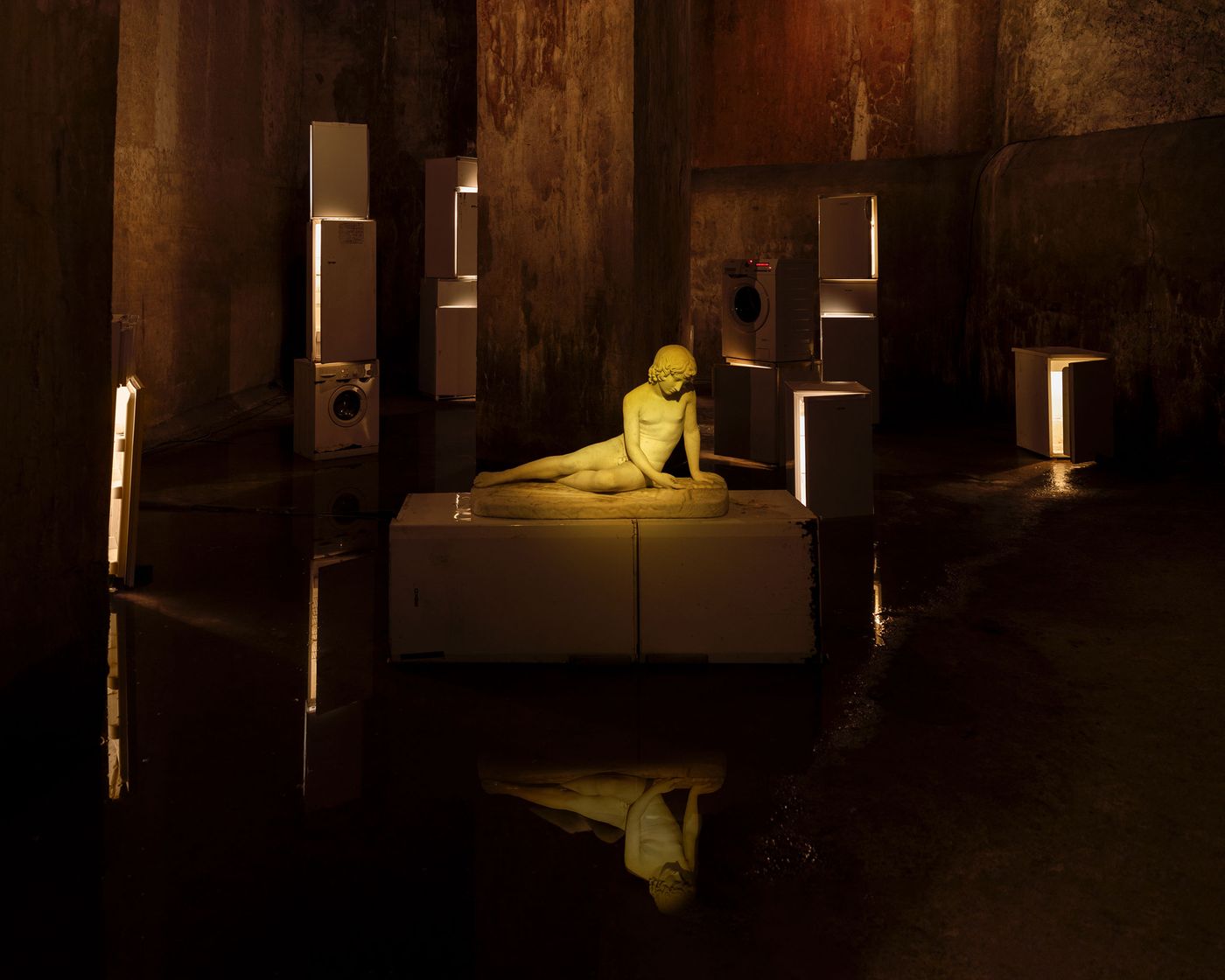
Théo Mercier, Only Light Left Alive, 2023. BAD TIMING solo exhibition at Villa Médici, Rome. Photography © Erwan Fichou.
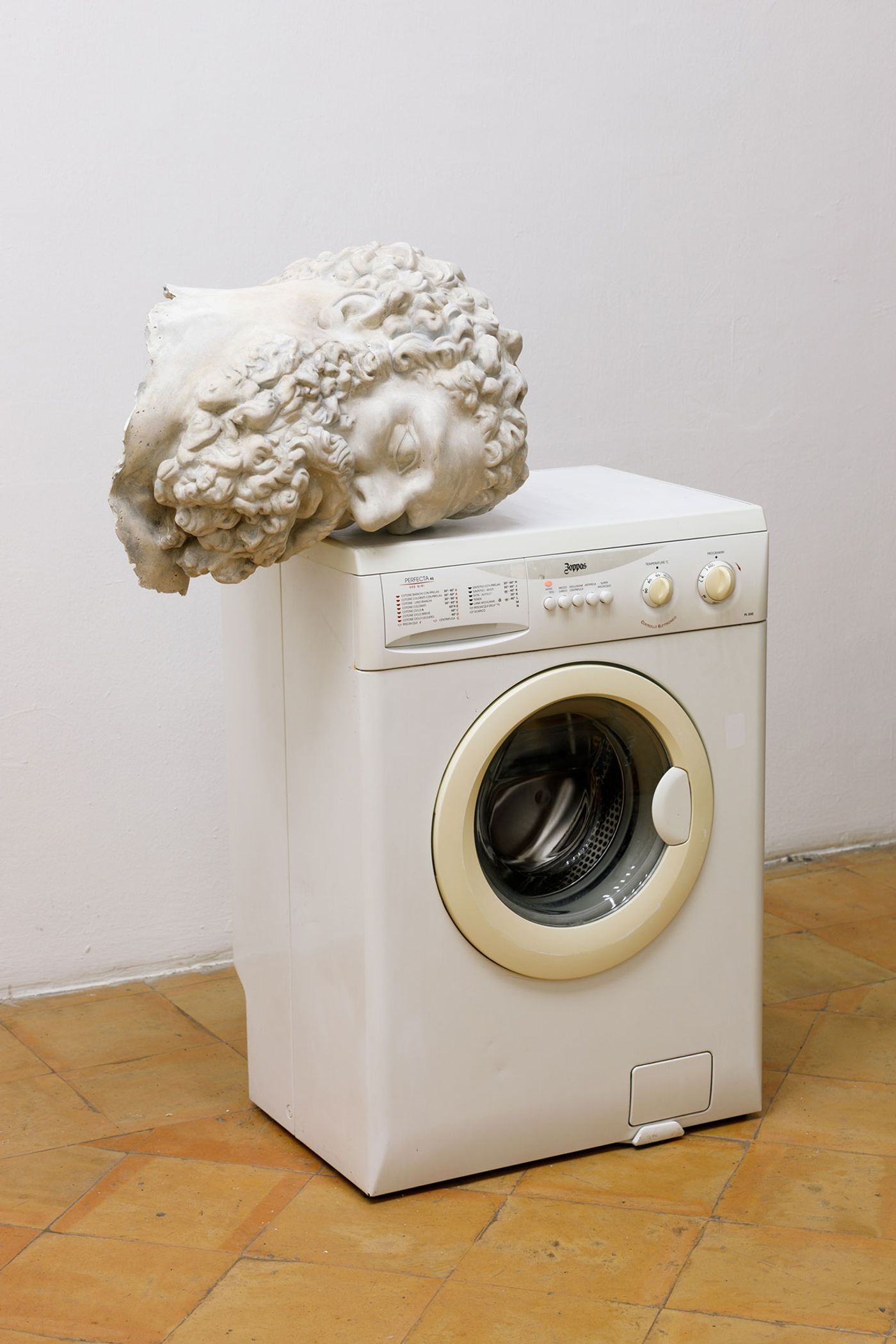
Théo Mercier, Antique Washing, 2023. BAD TIMING solo exhibition at Villa Médici, Rome. Photography © Erwan Fichou.

Théo Mercier, An endless summer, 2023. BAD TIMING solo exhibition at Villa Médici, Rome. Photography © Erwan Fichou.
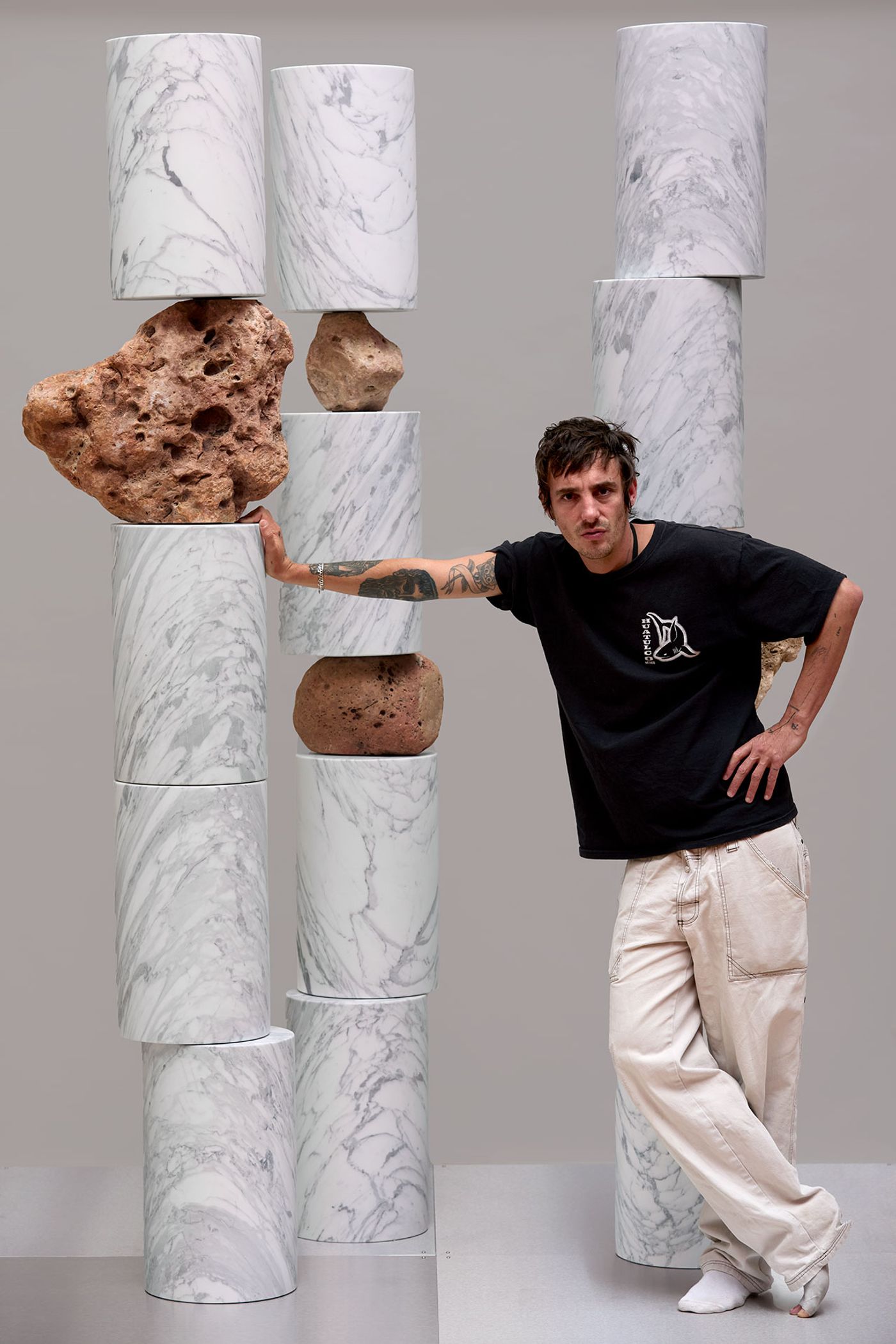
Théo Mercier, Post-equilibre (portrait), 2024. Commissioned by MUCEM for the exhibition Méditerranées. Courtesy of the artist and the Mor Charpentier gallery, Paris. © ADAGP, Paris, 2024 Photography © Erwan Fichou.
